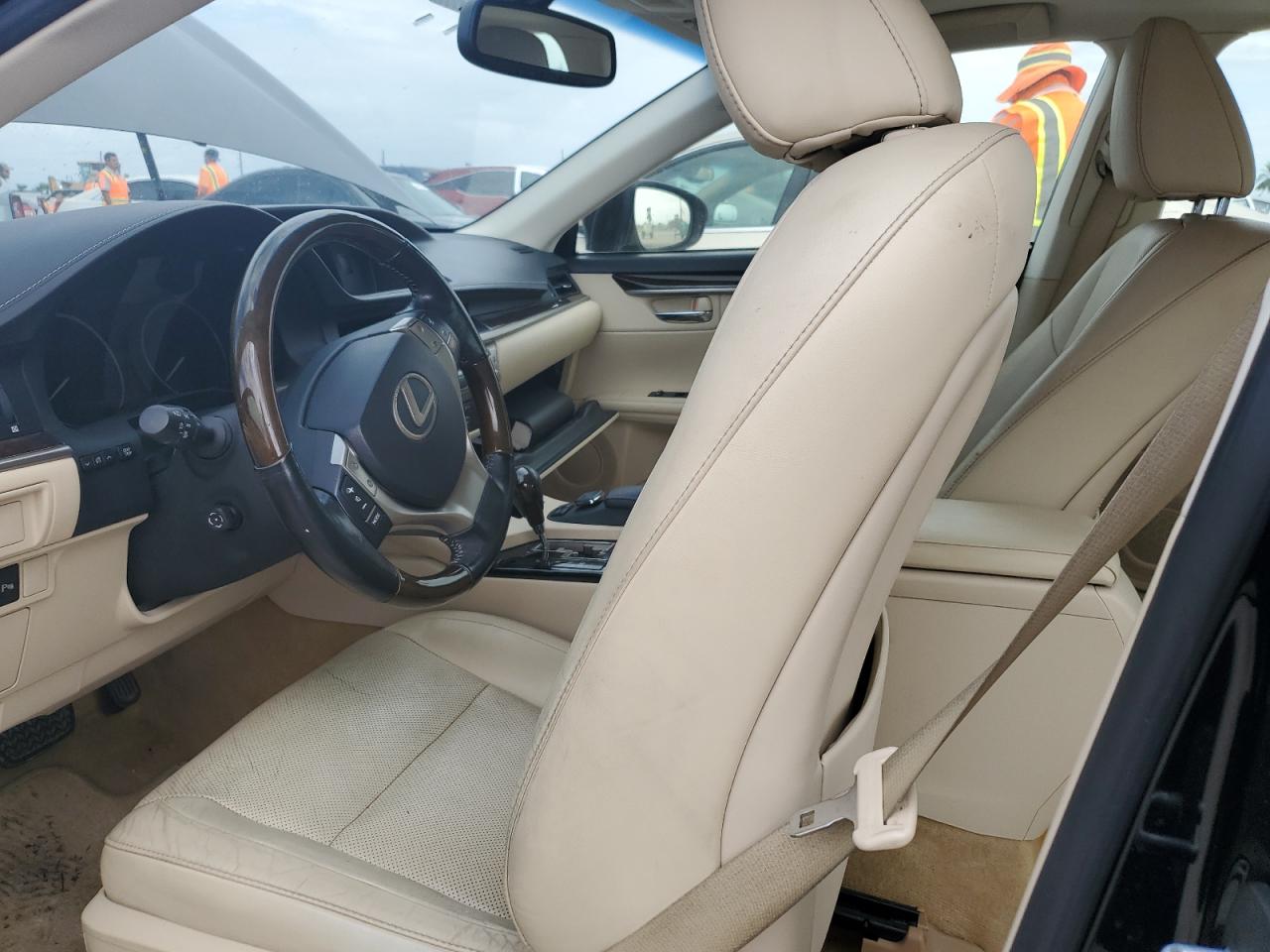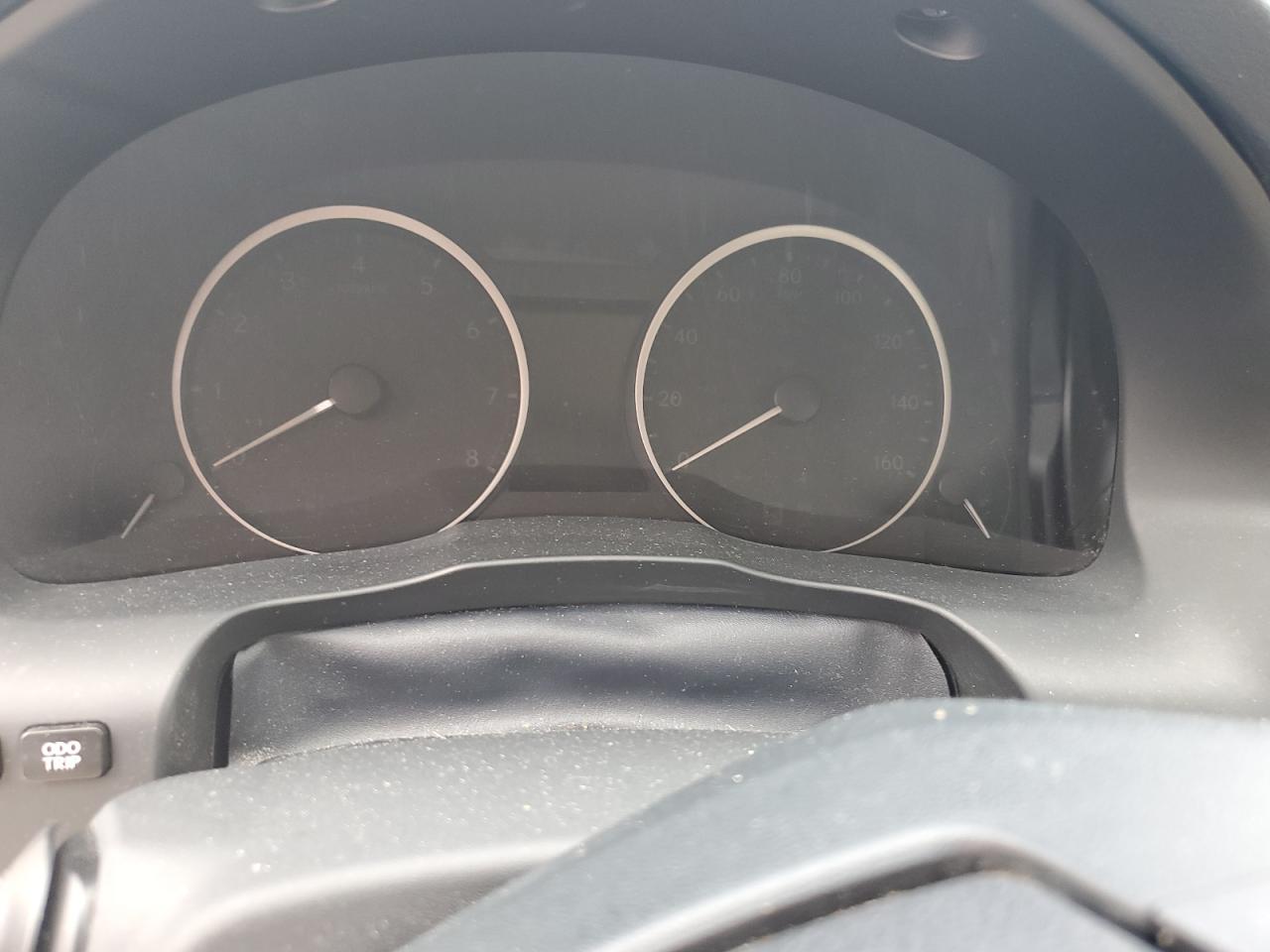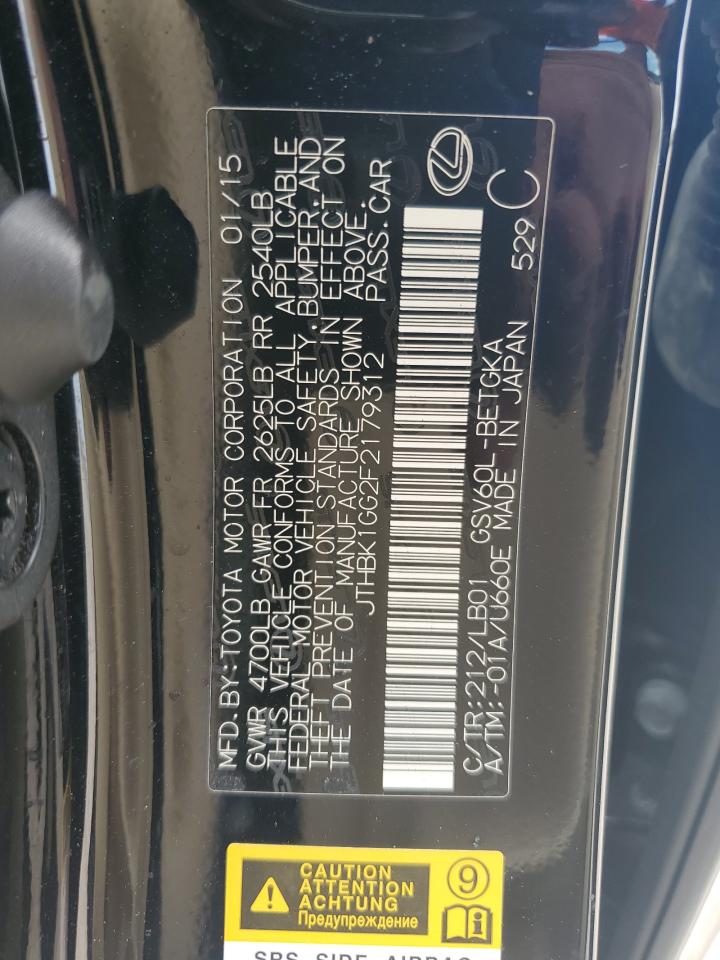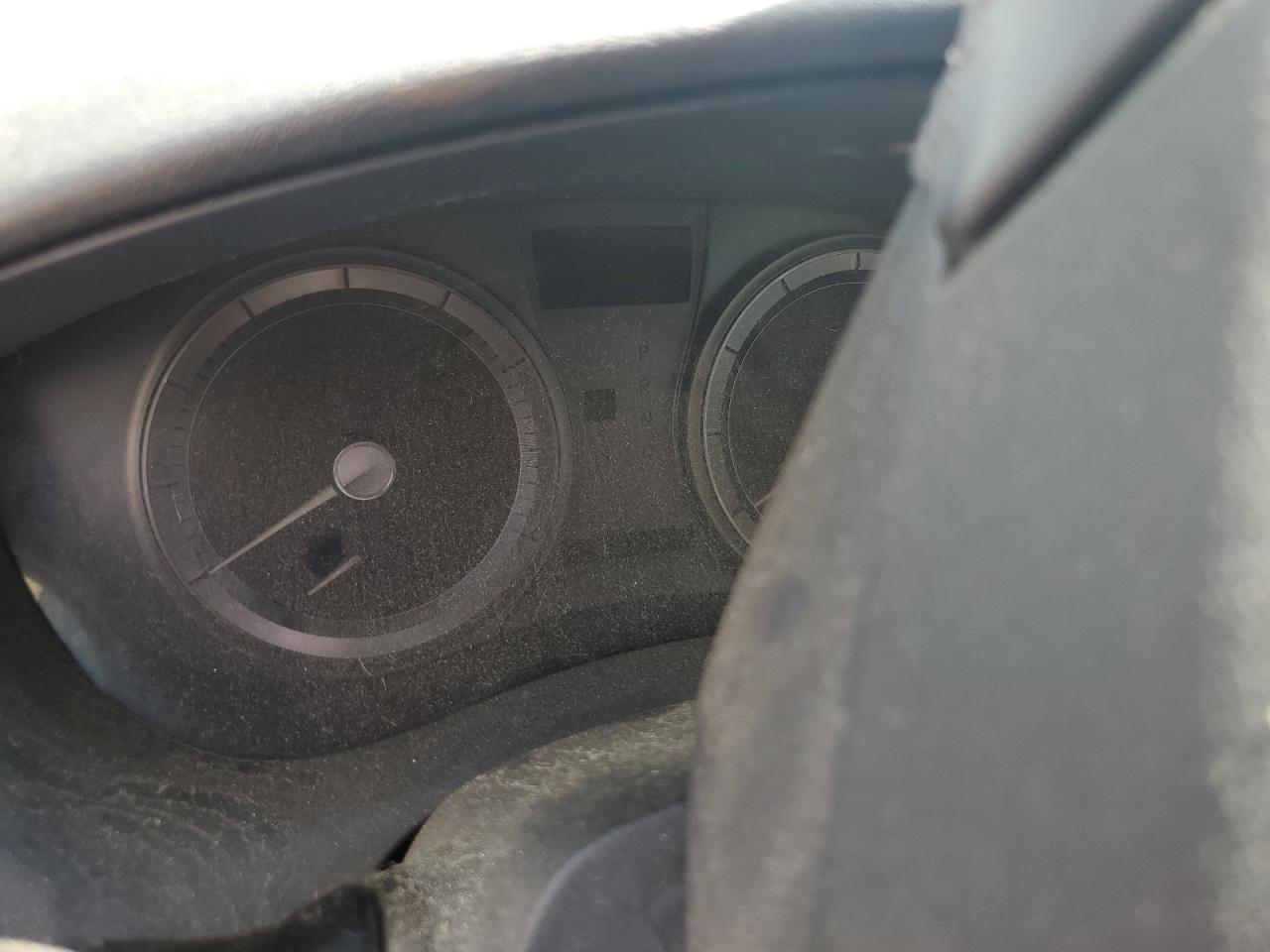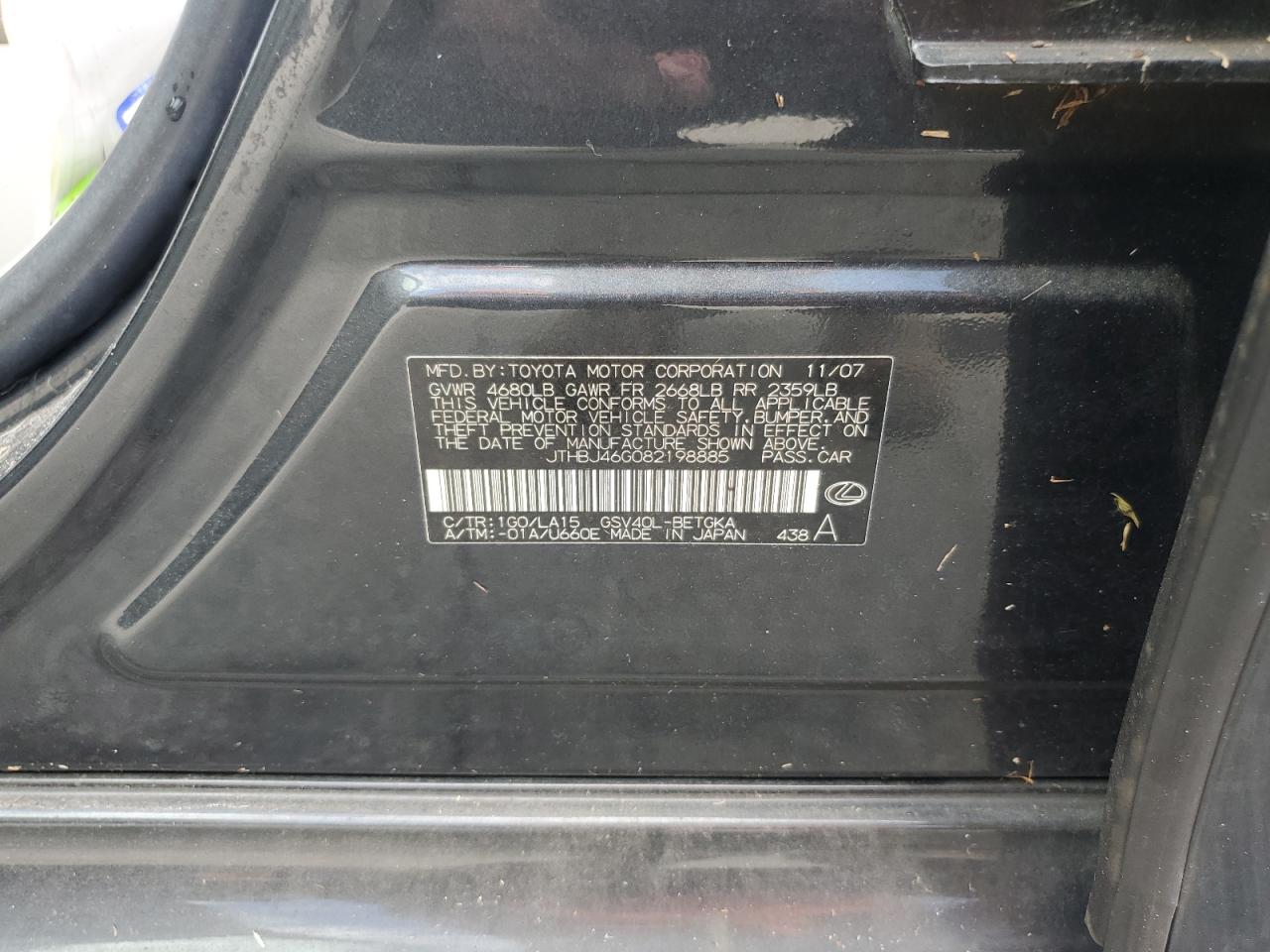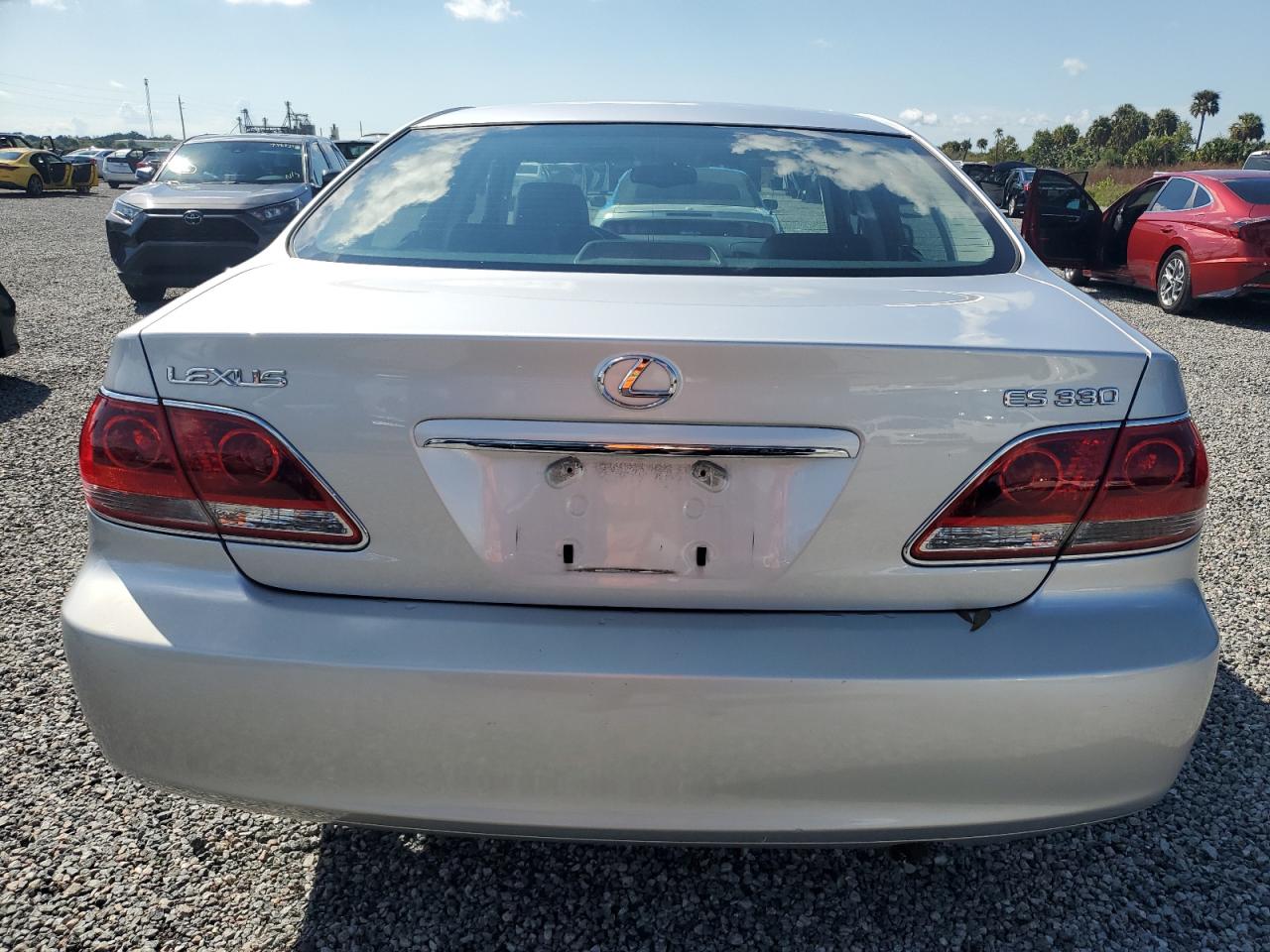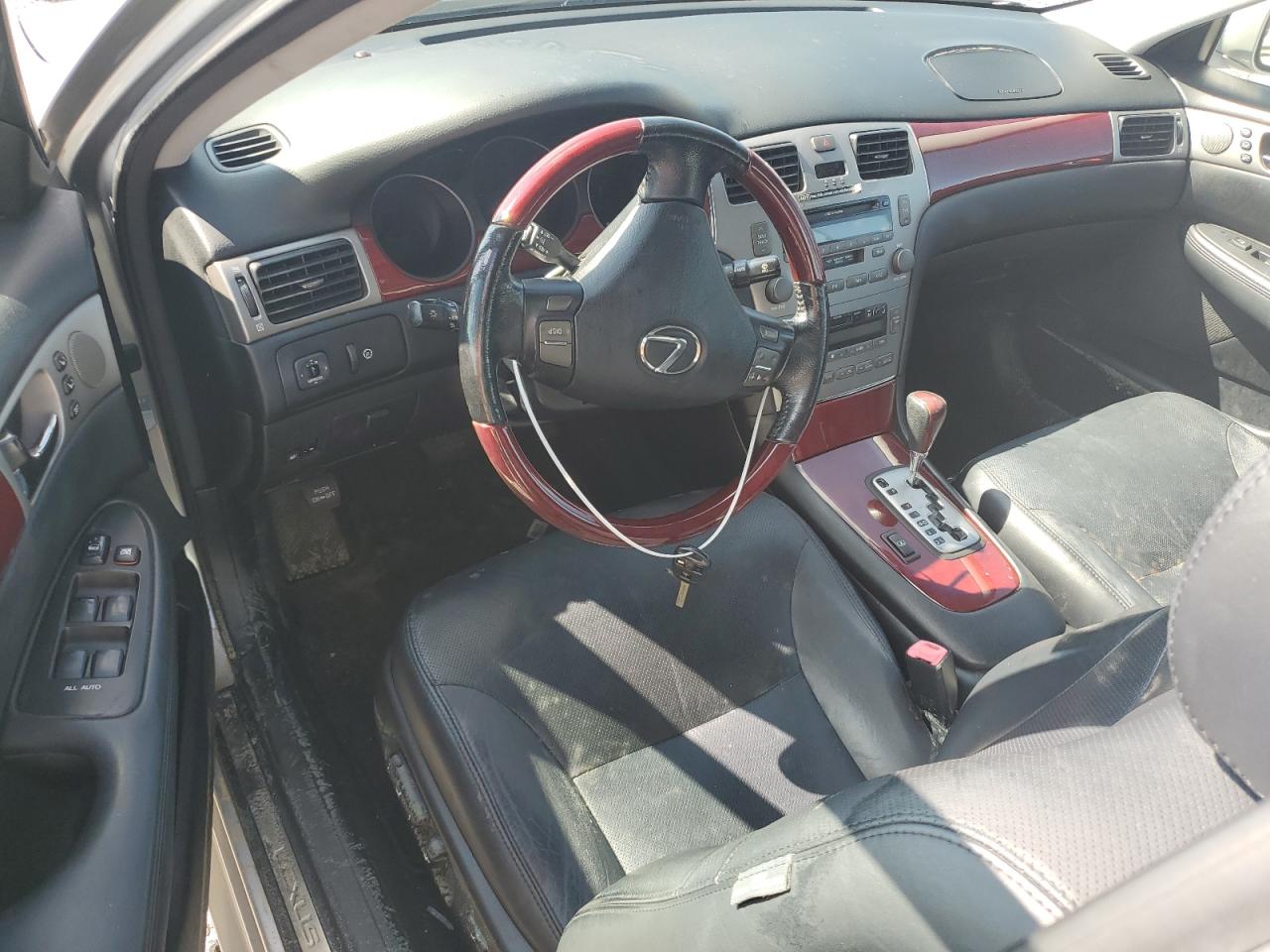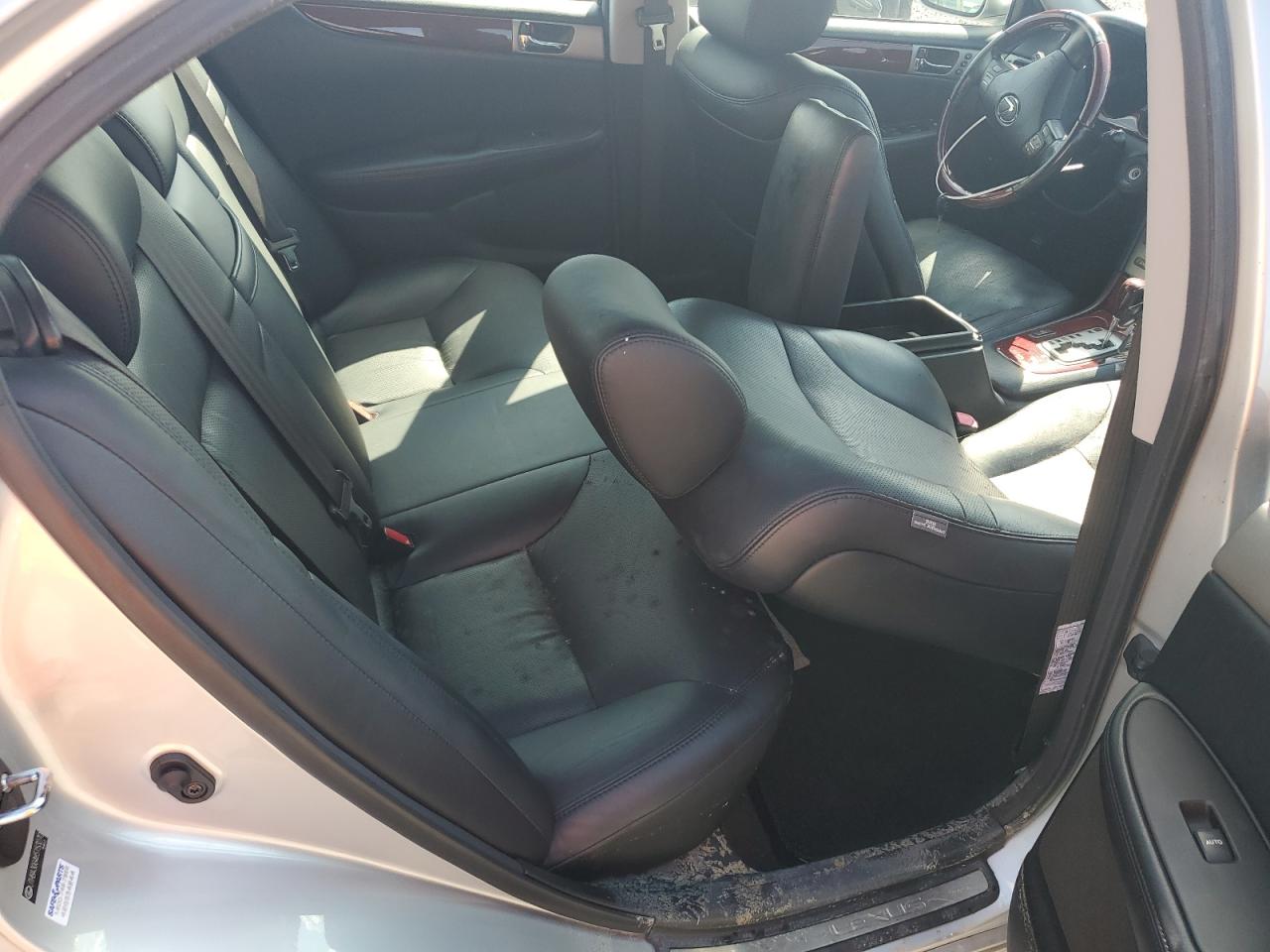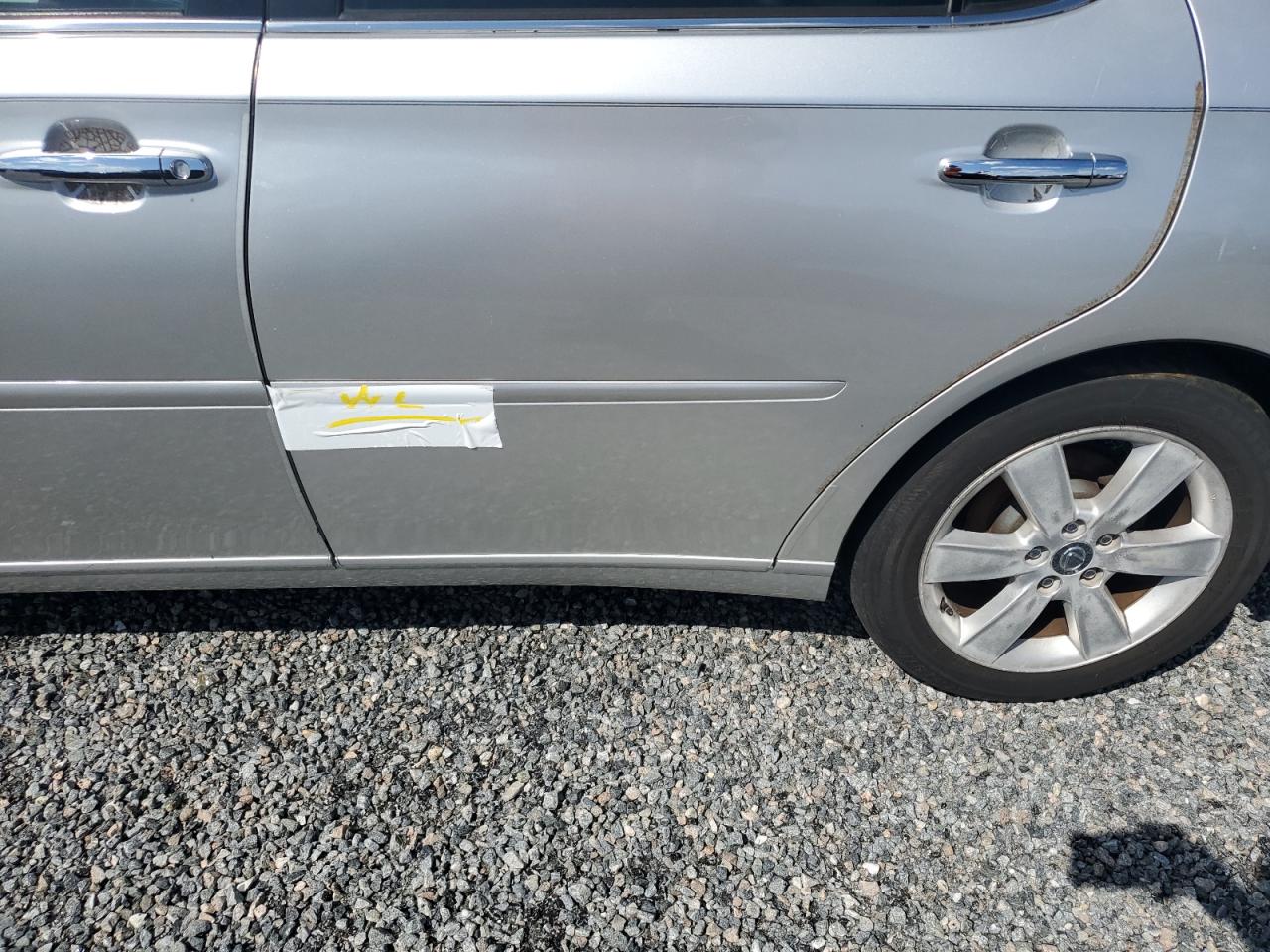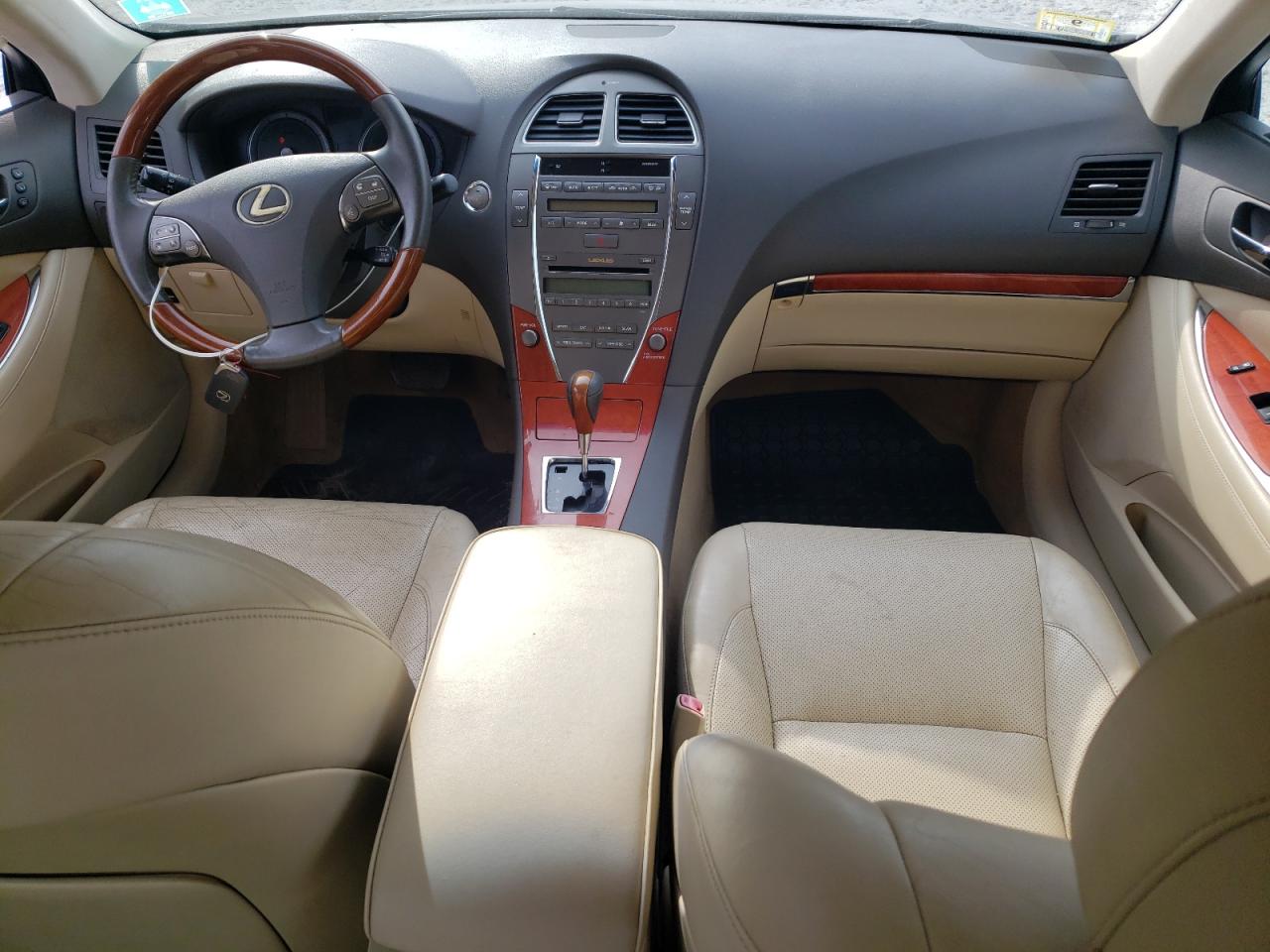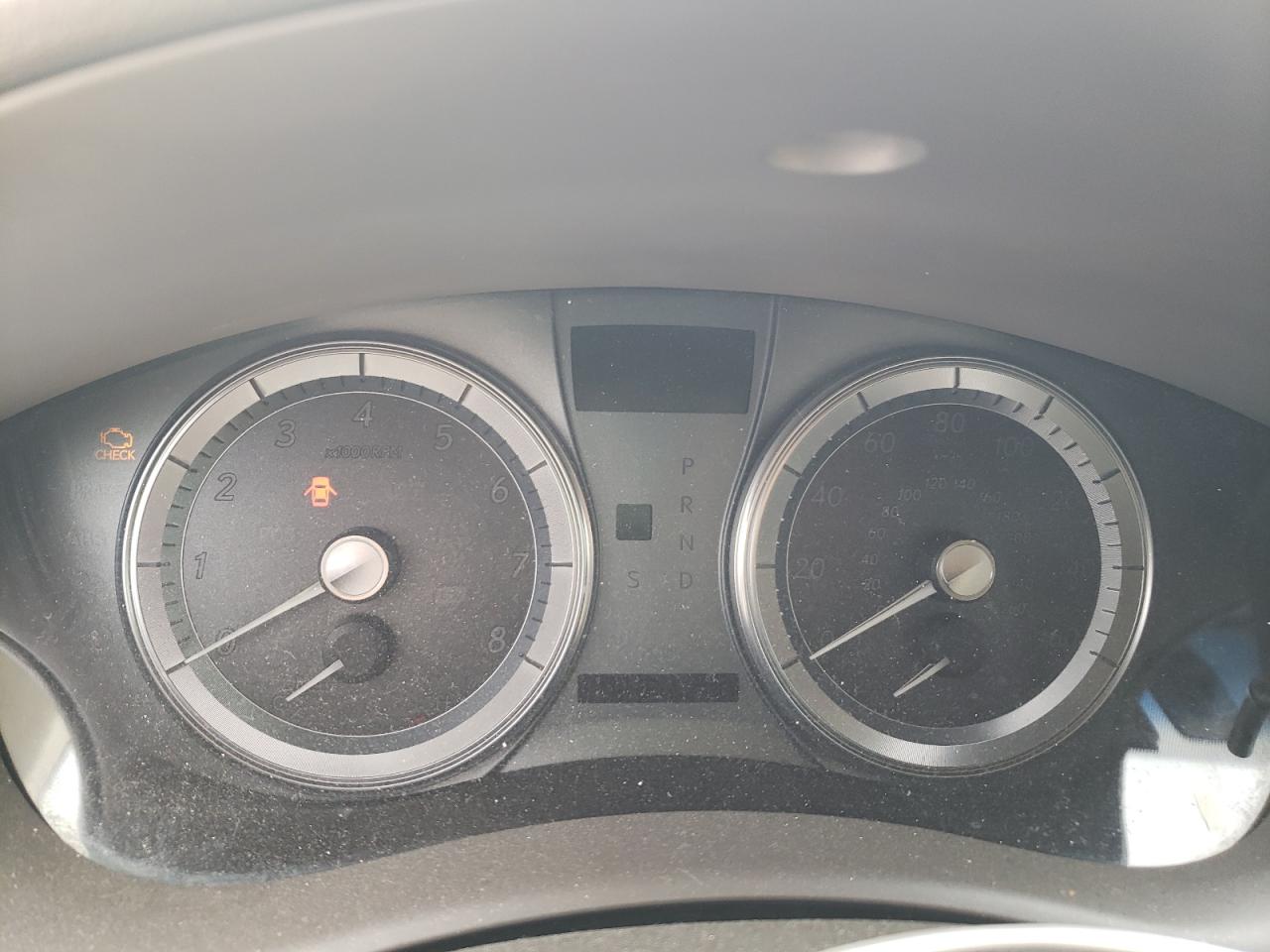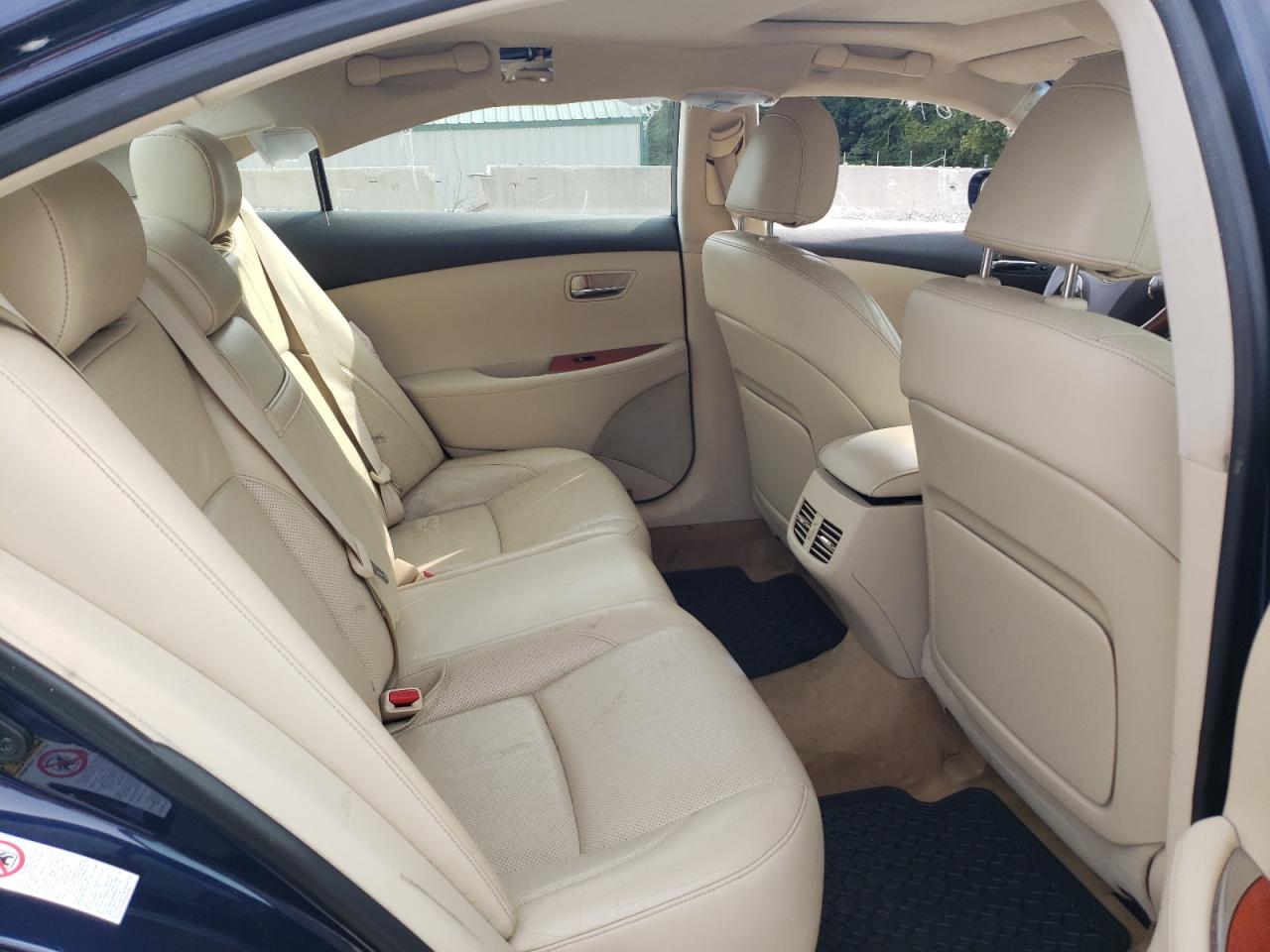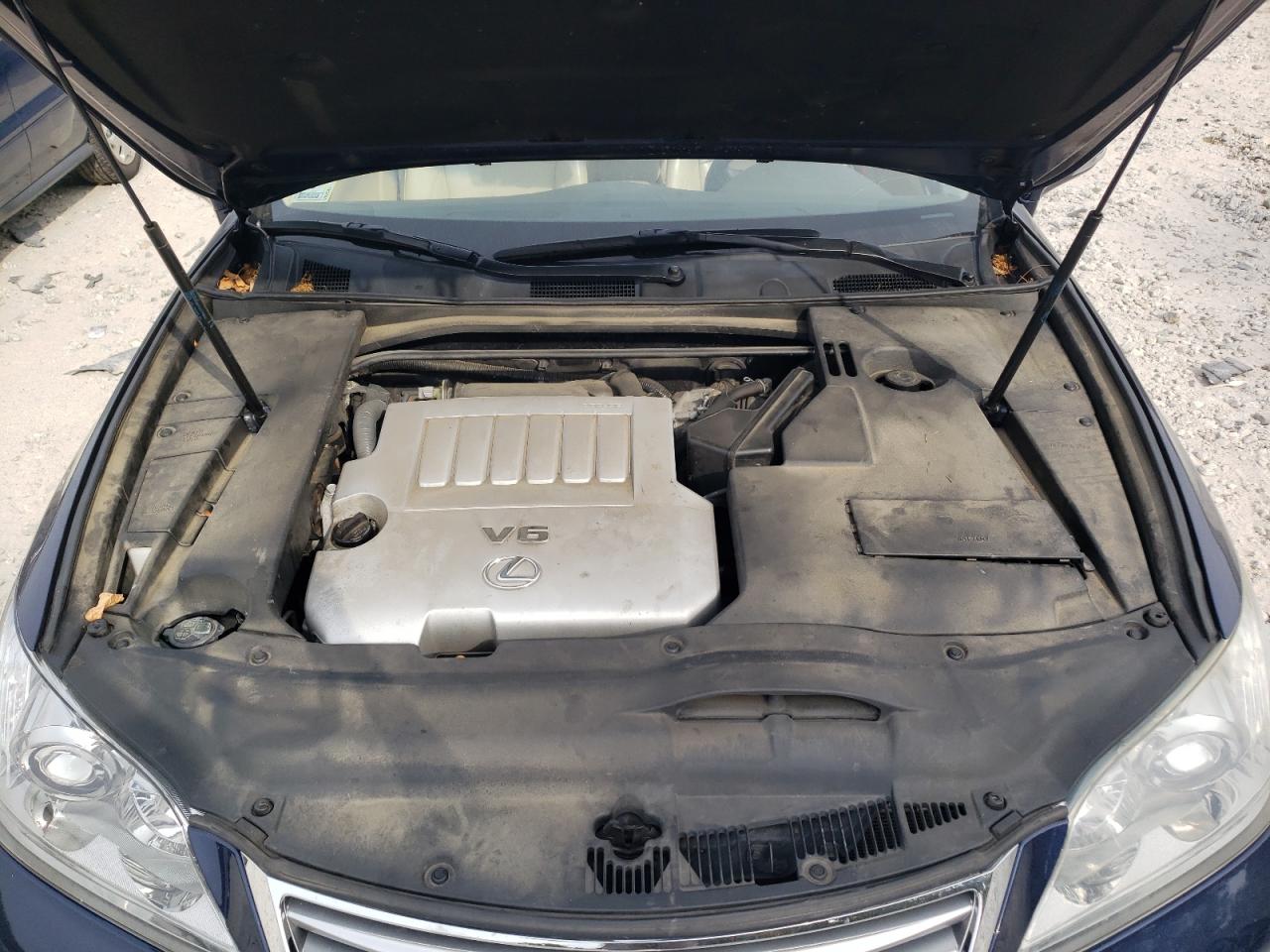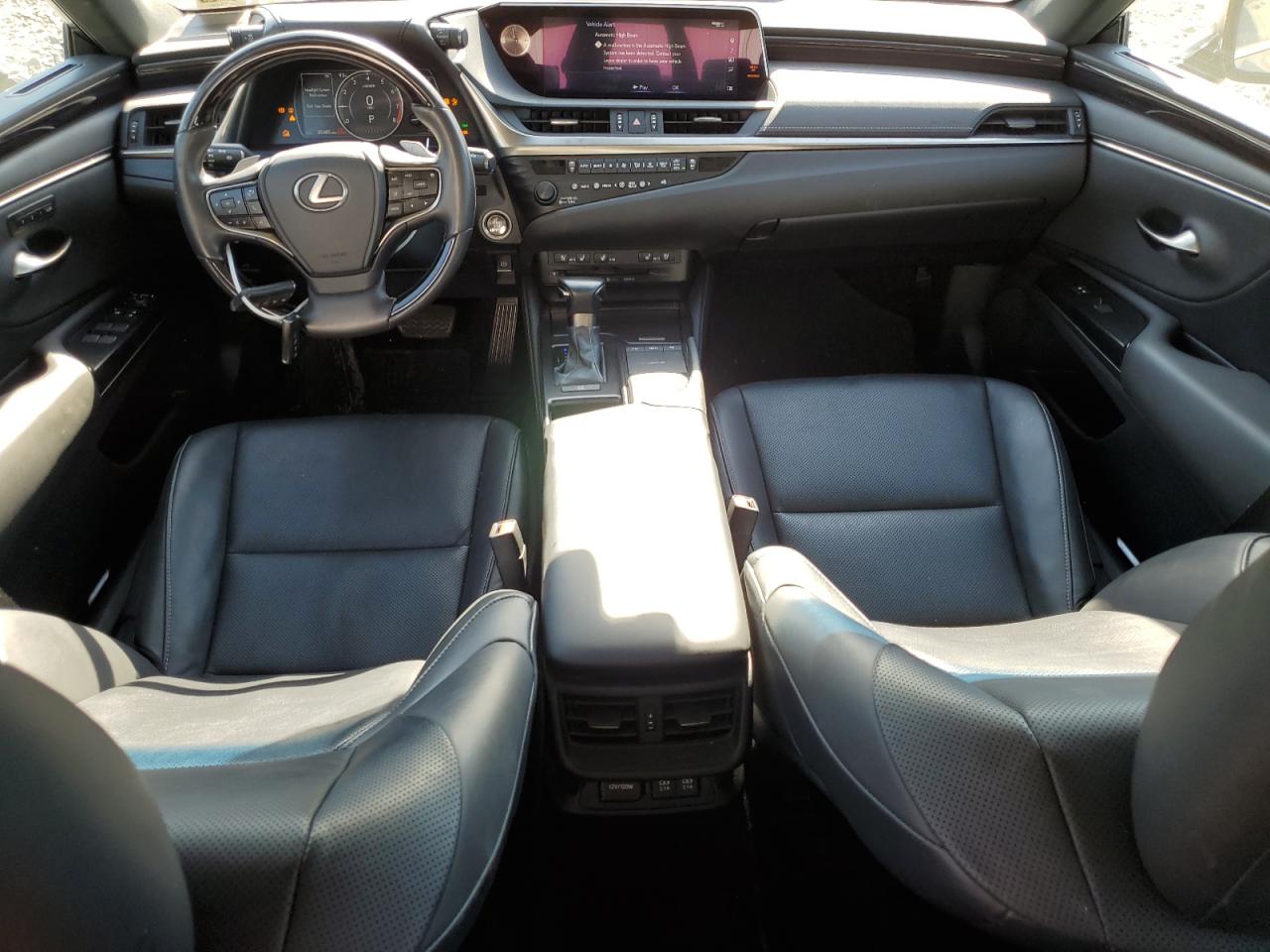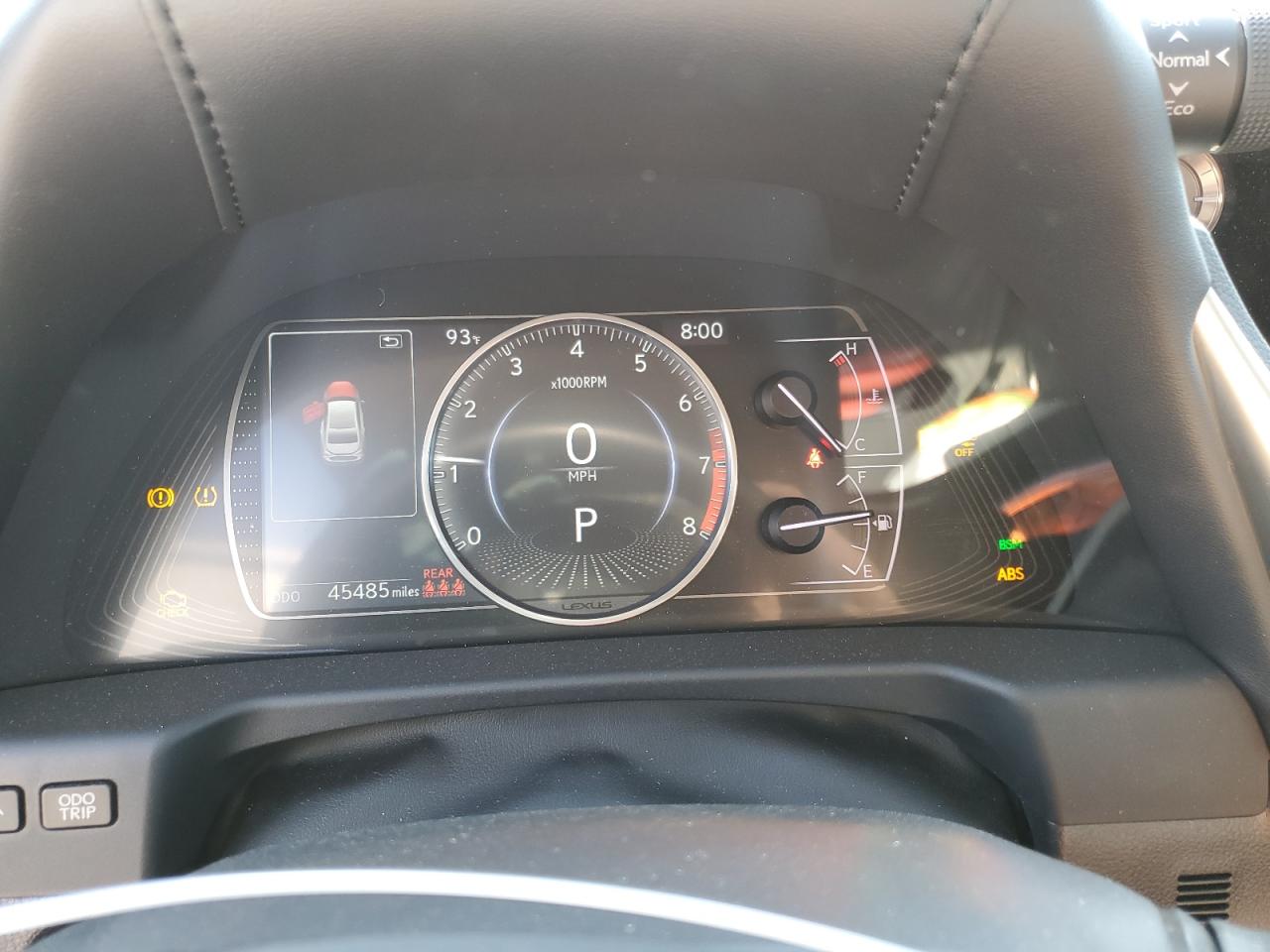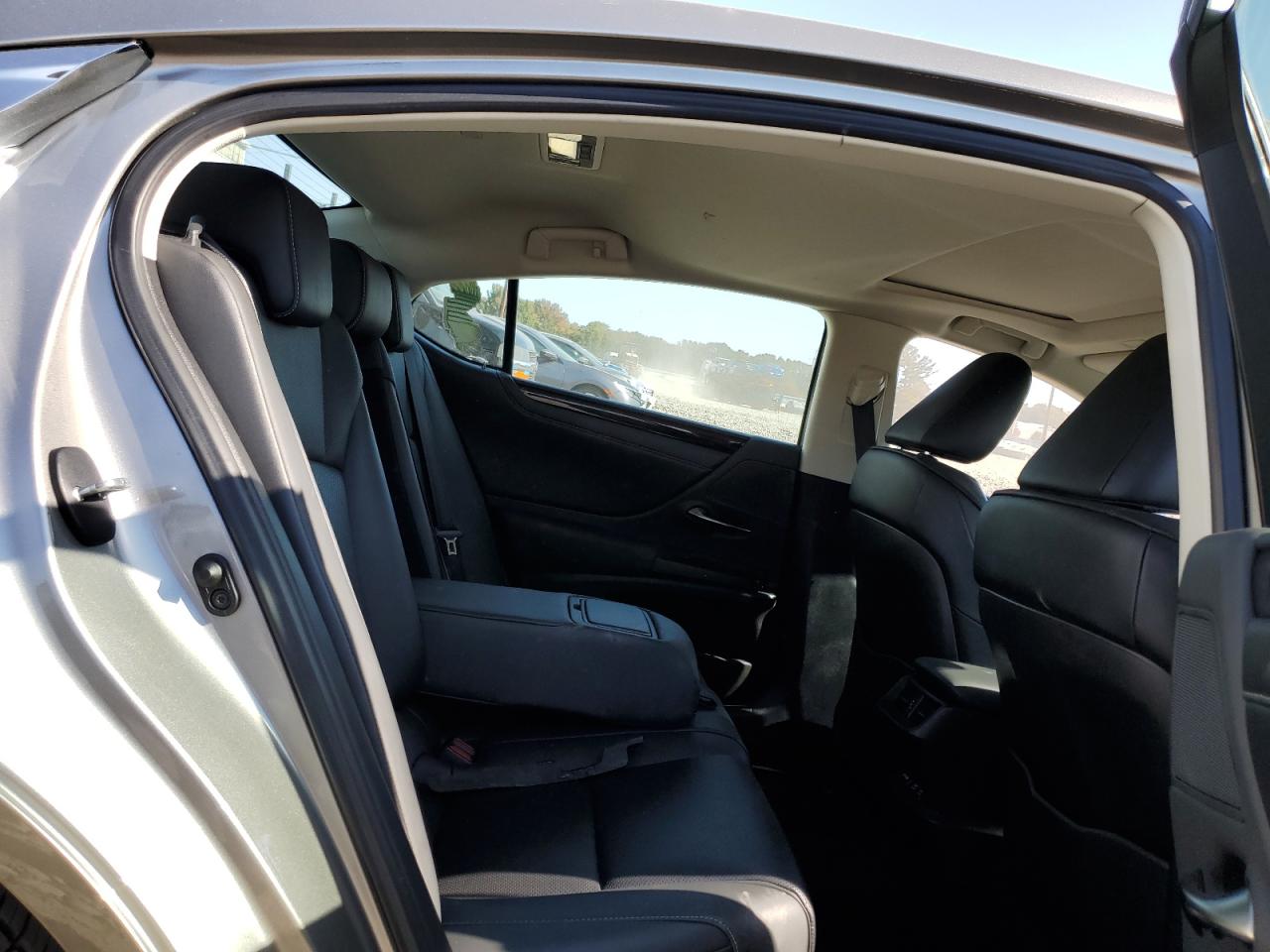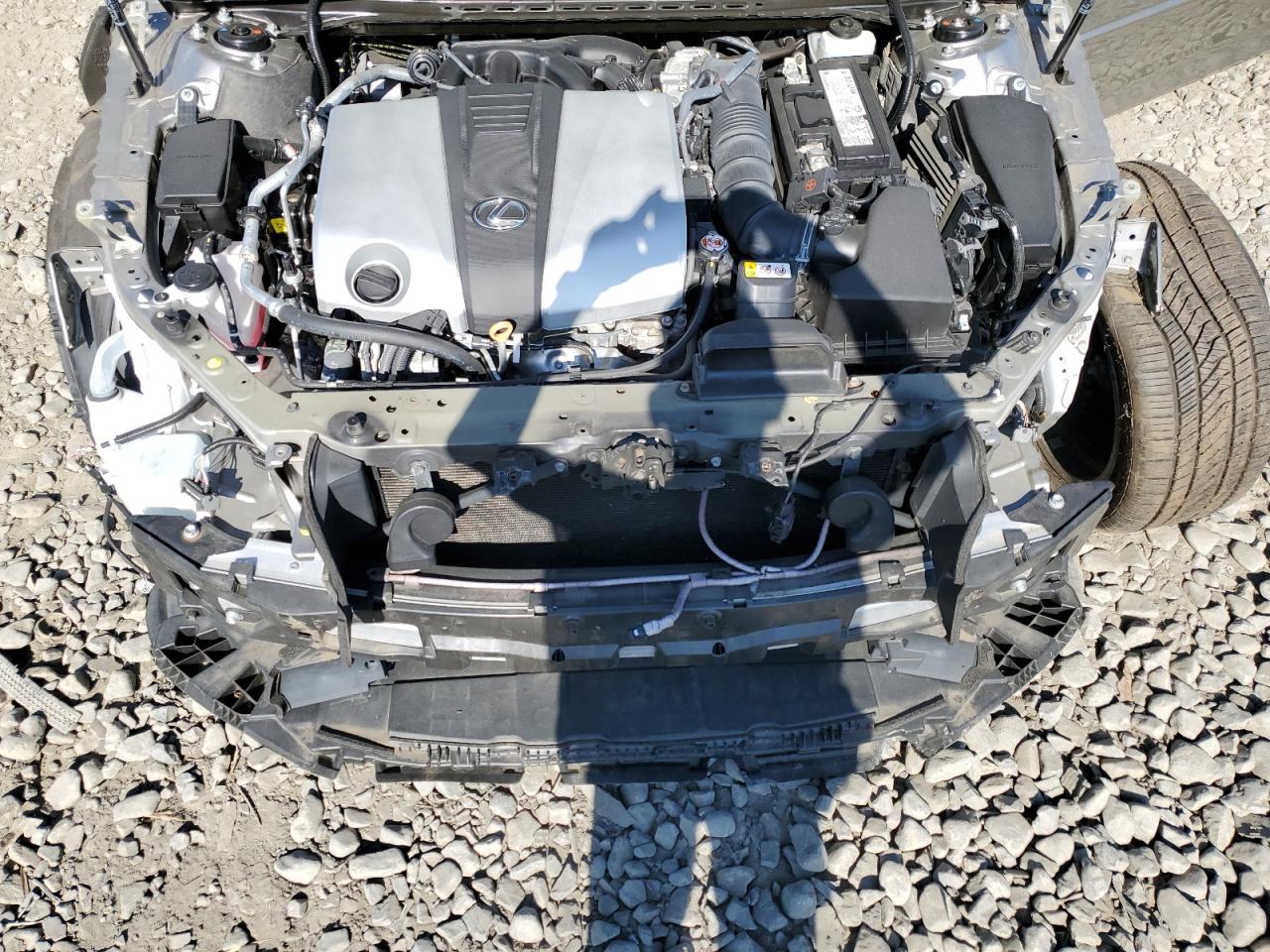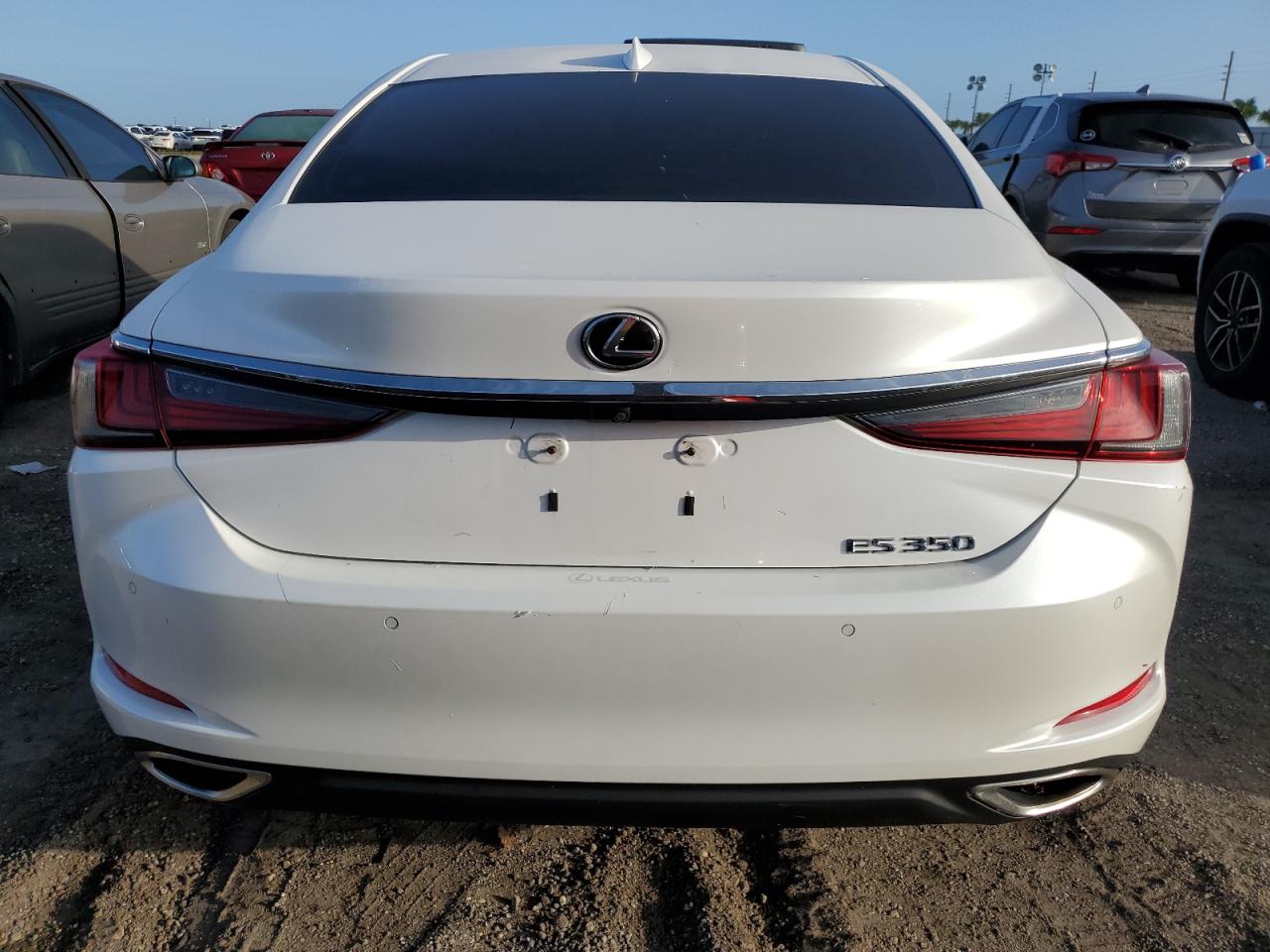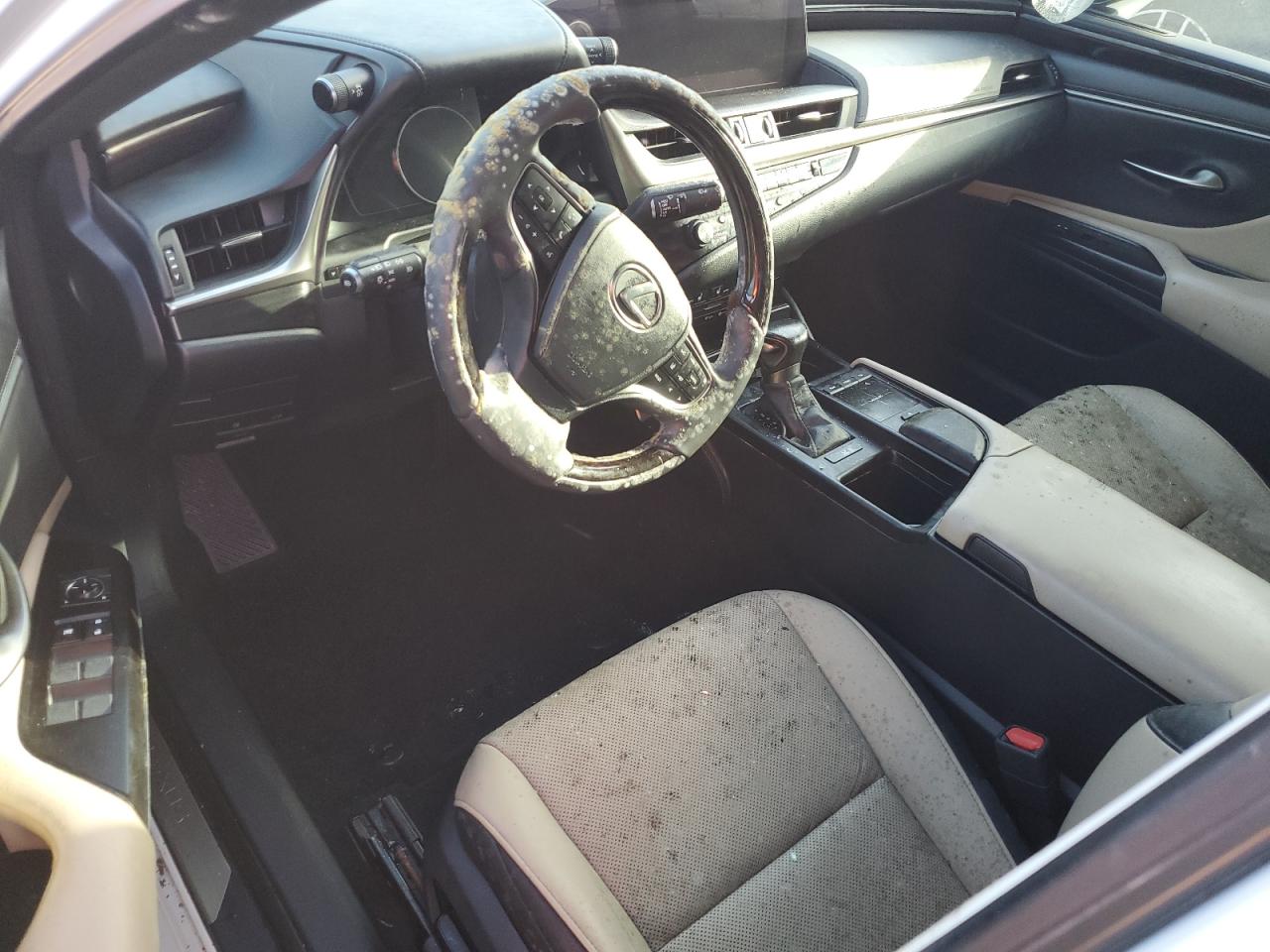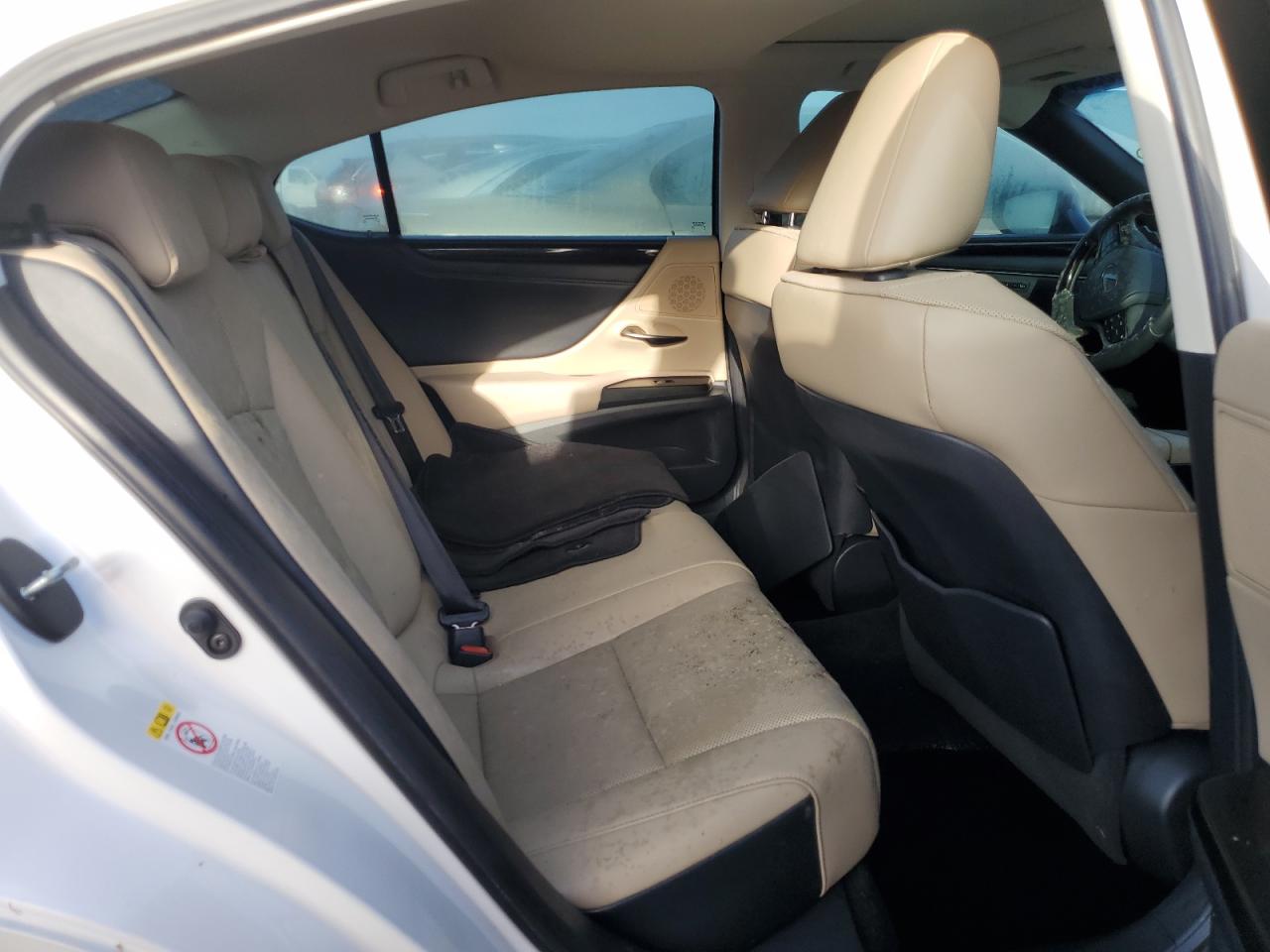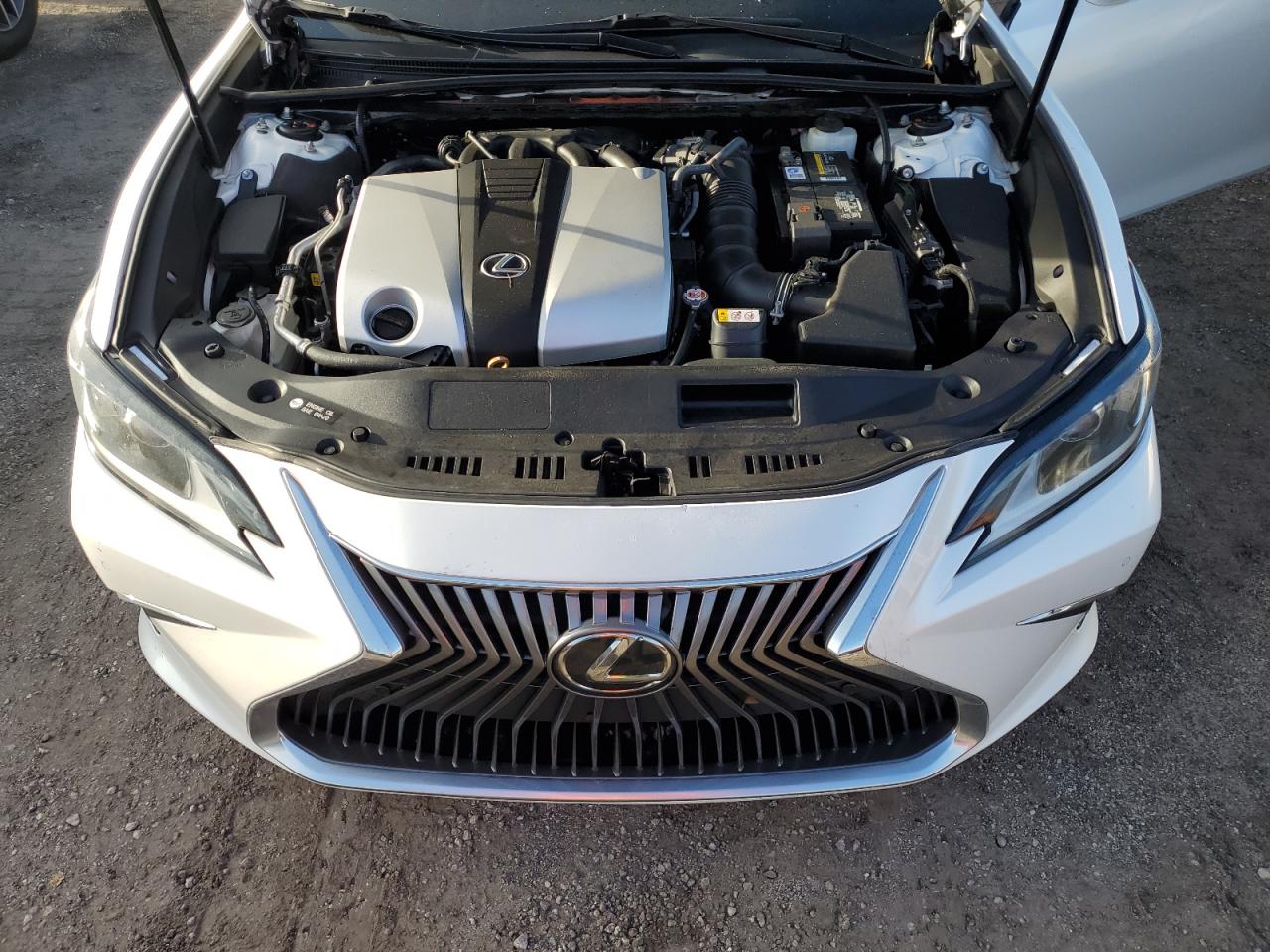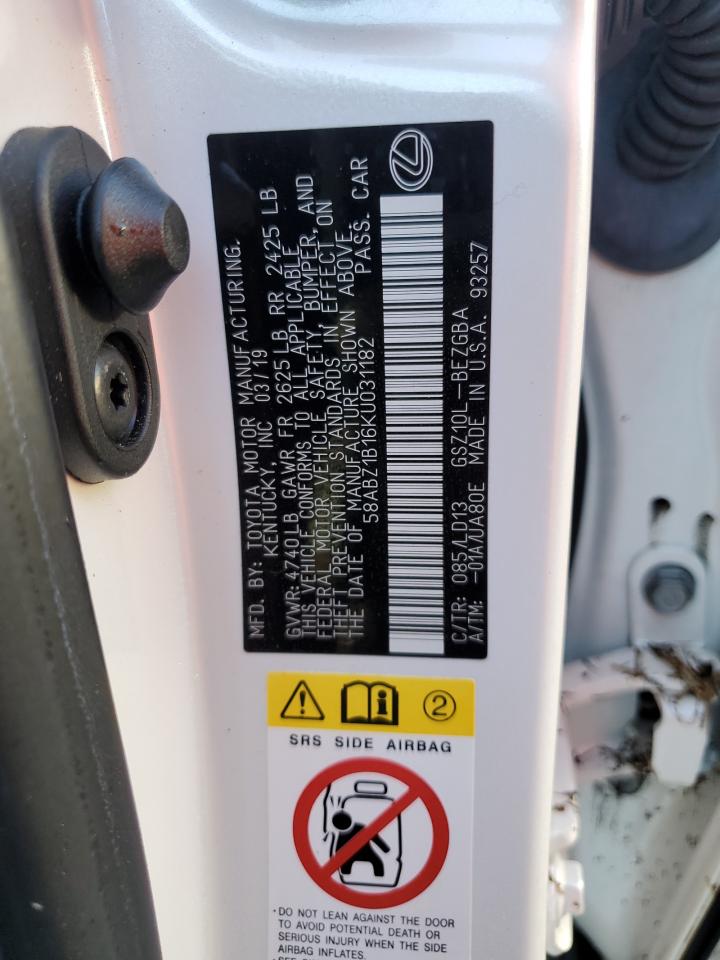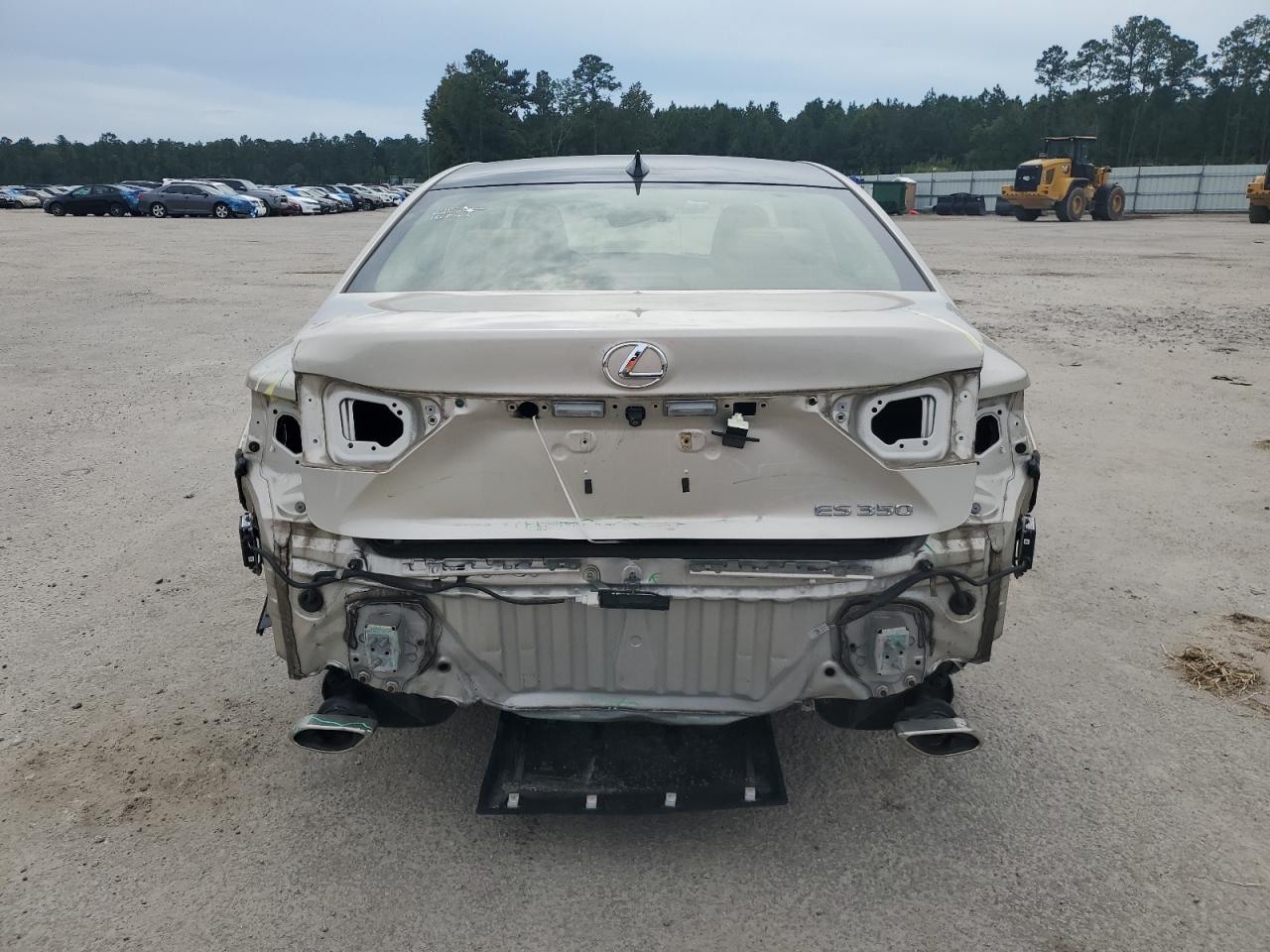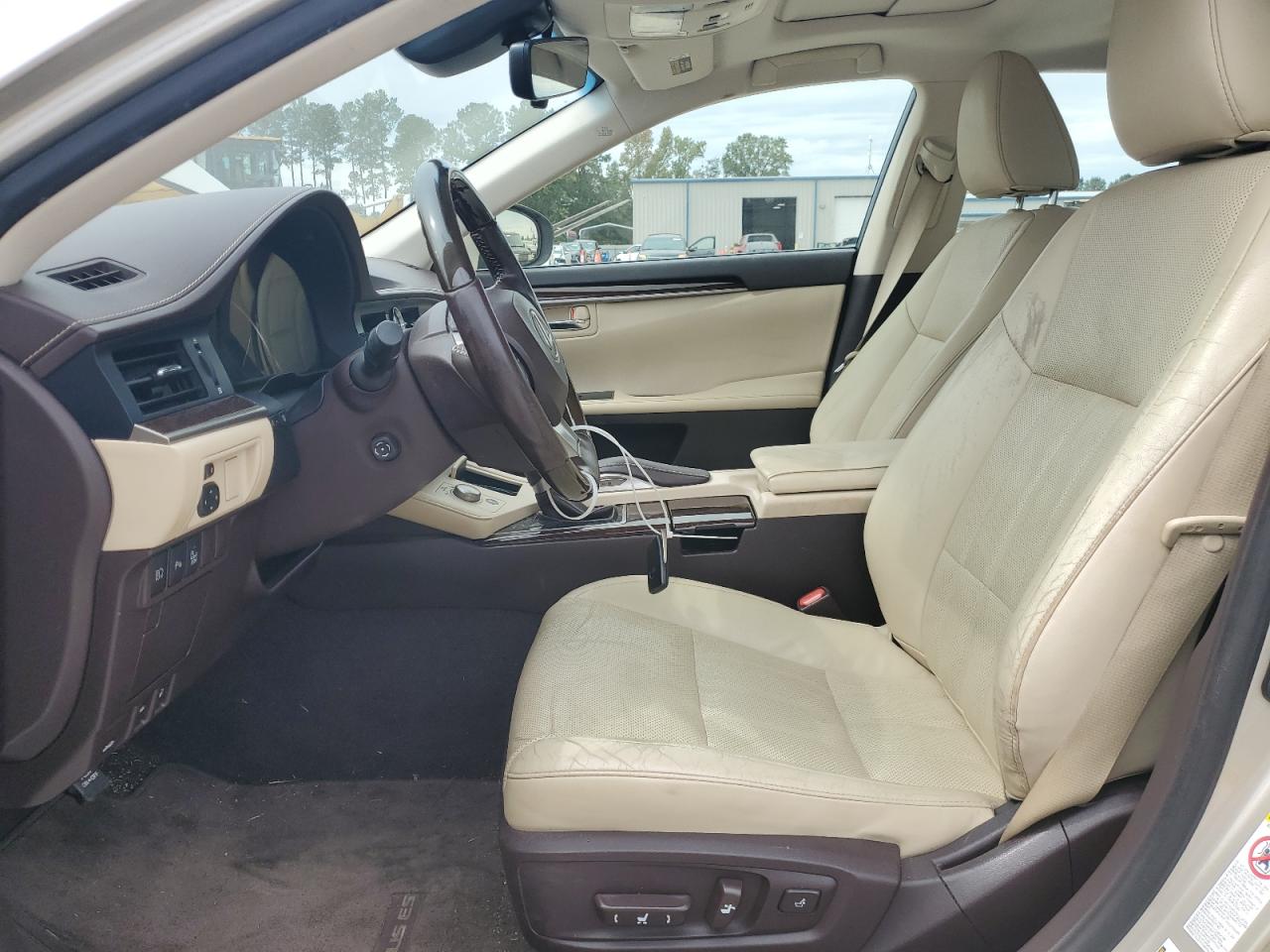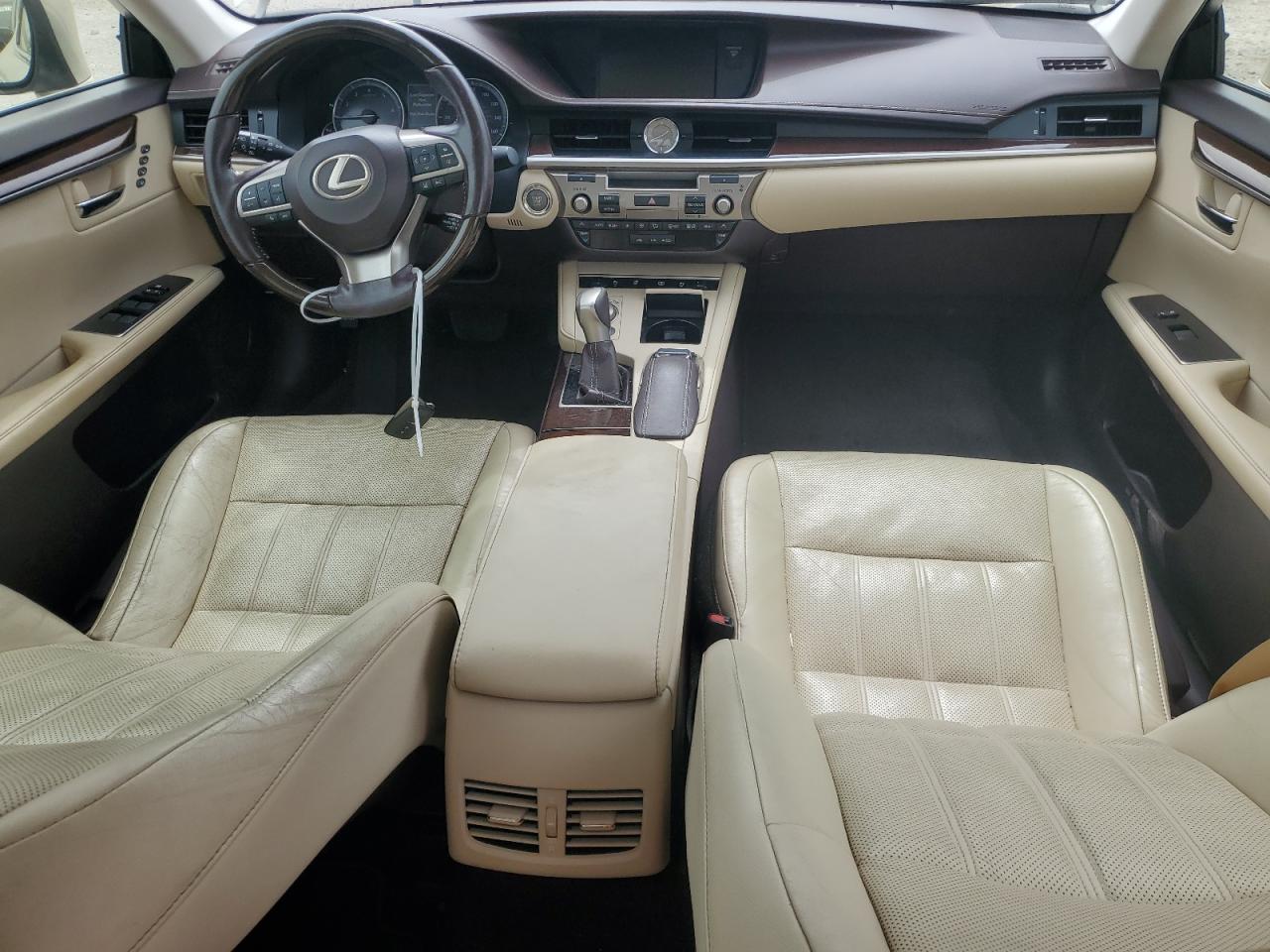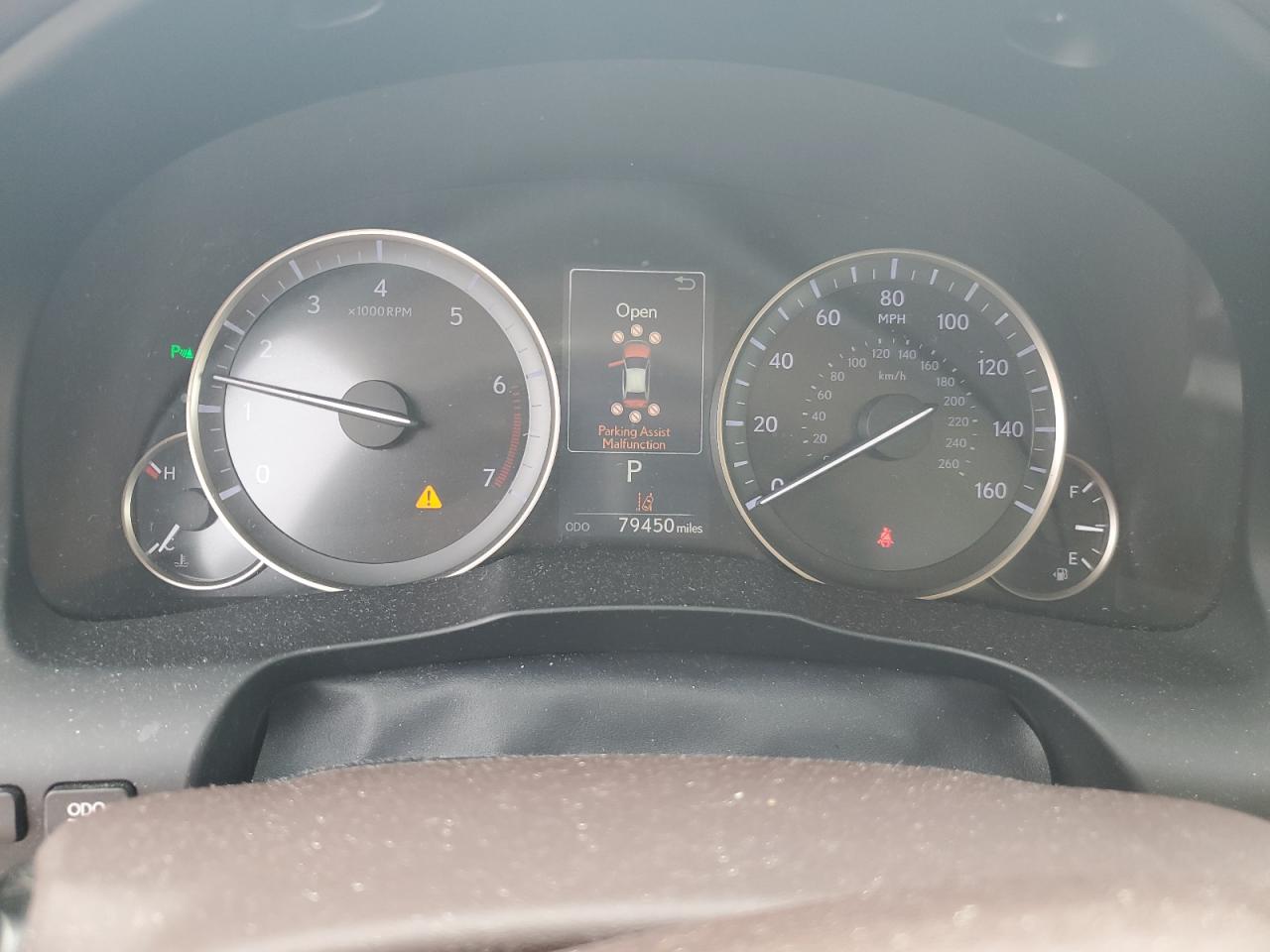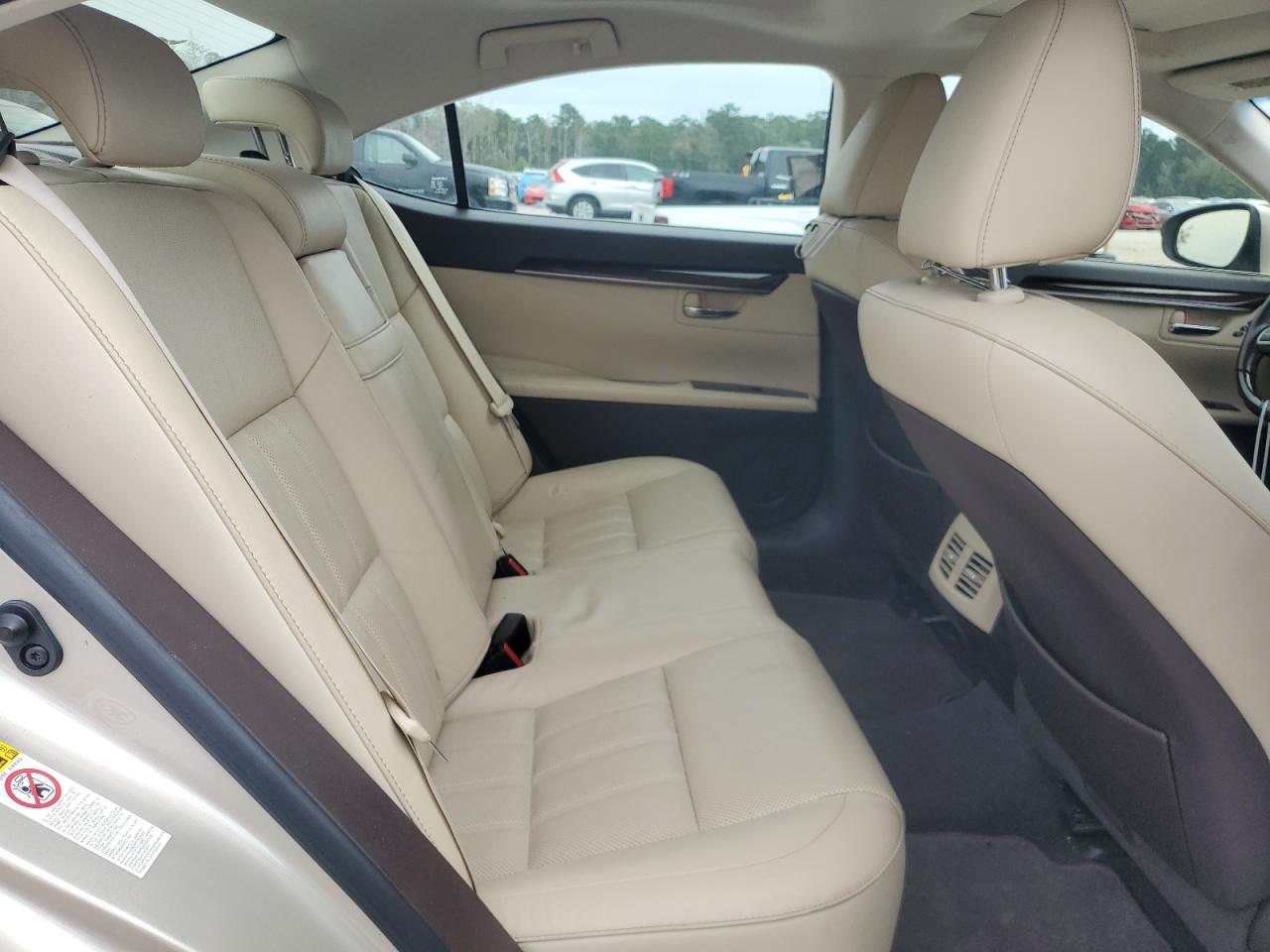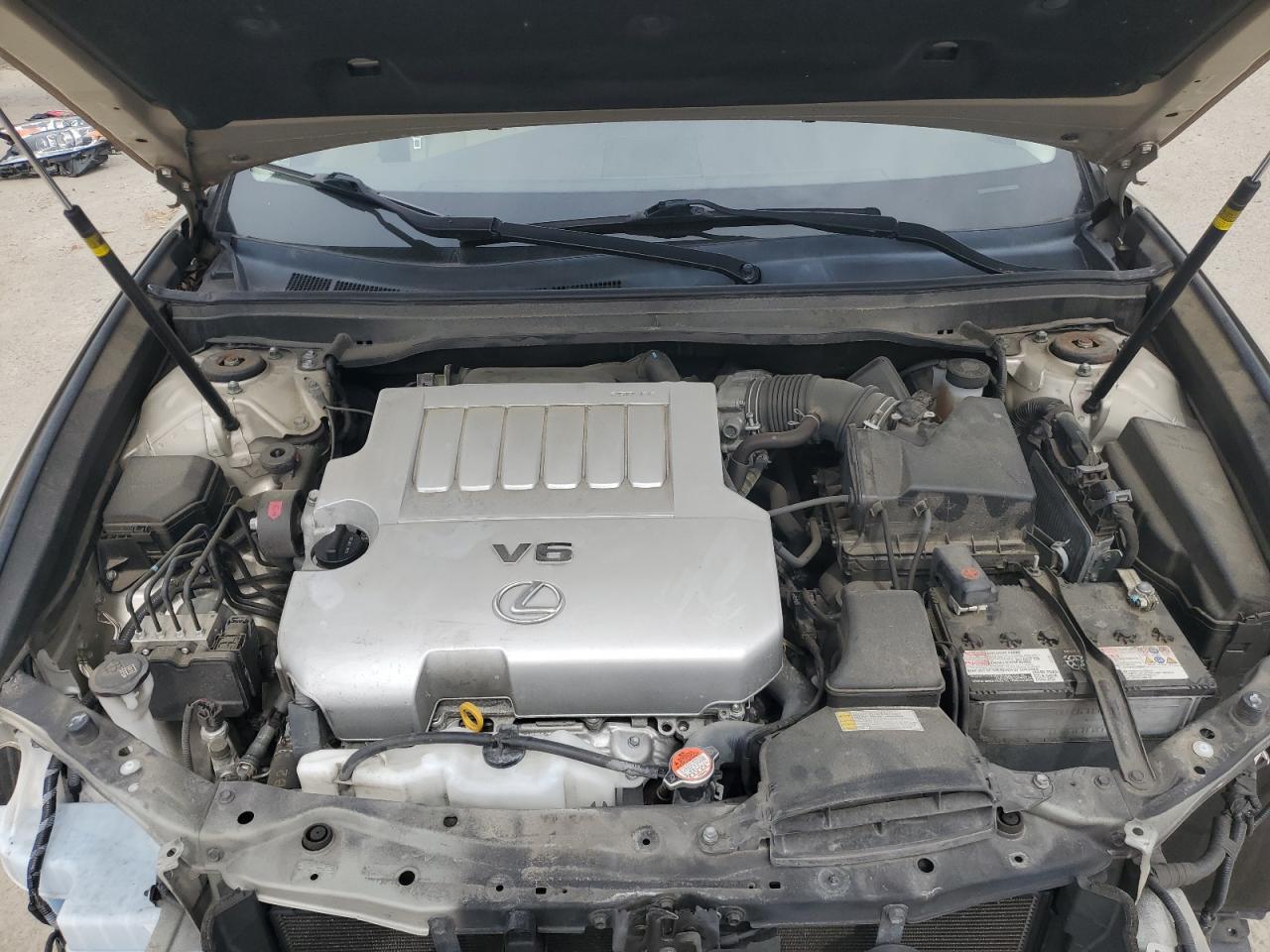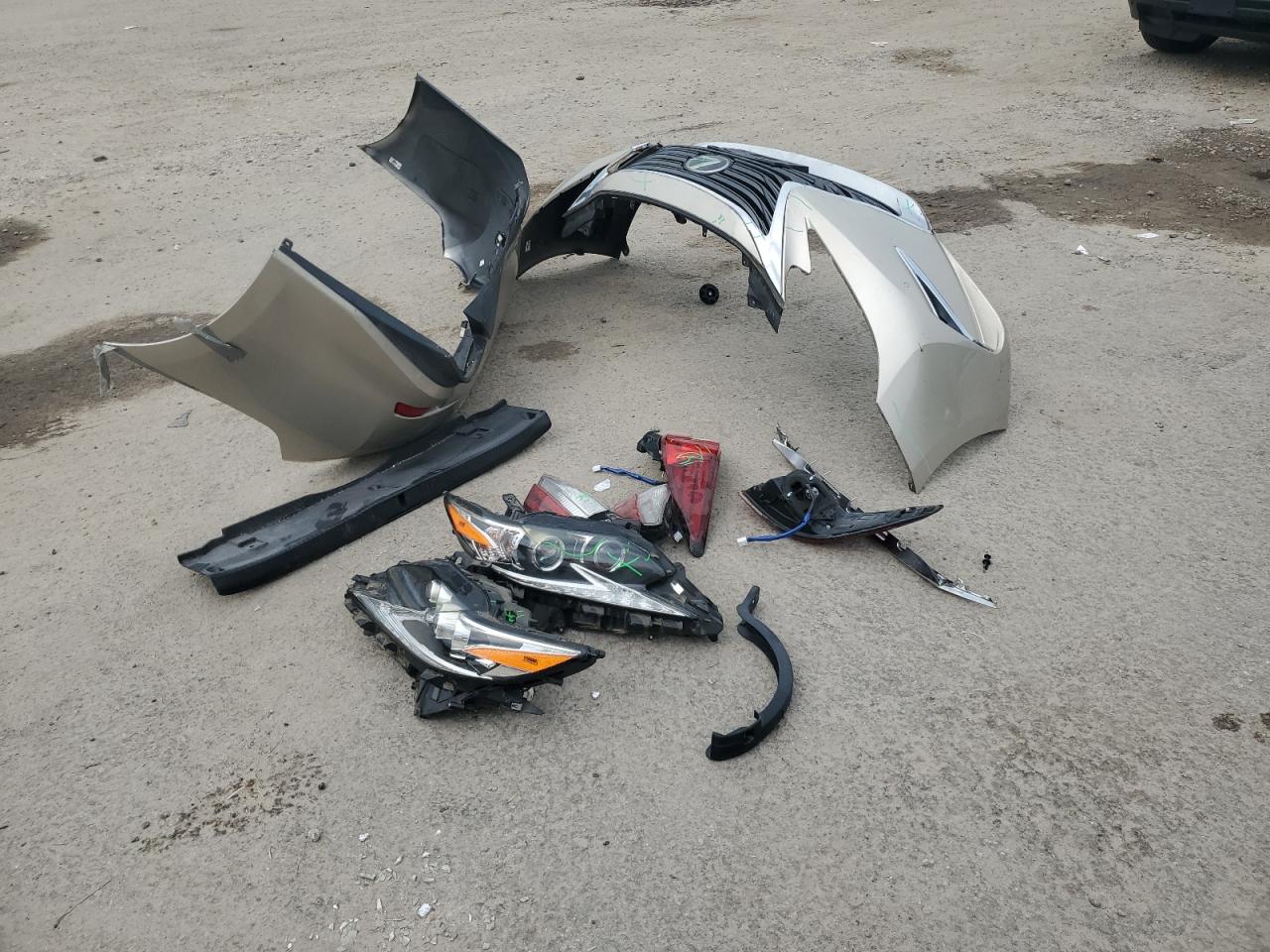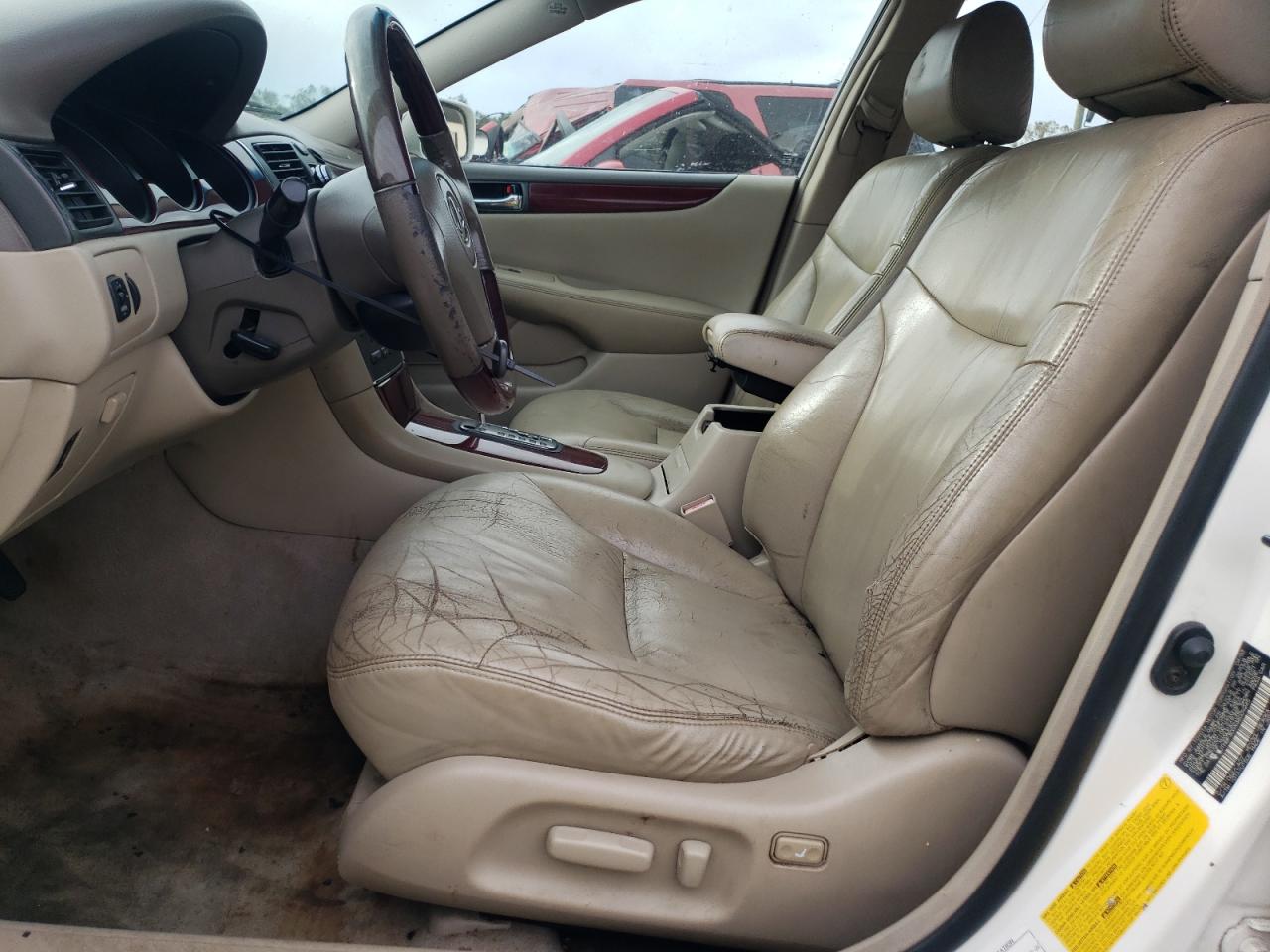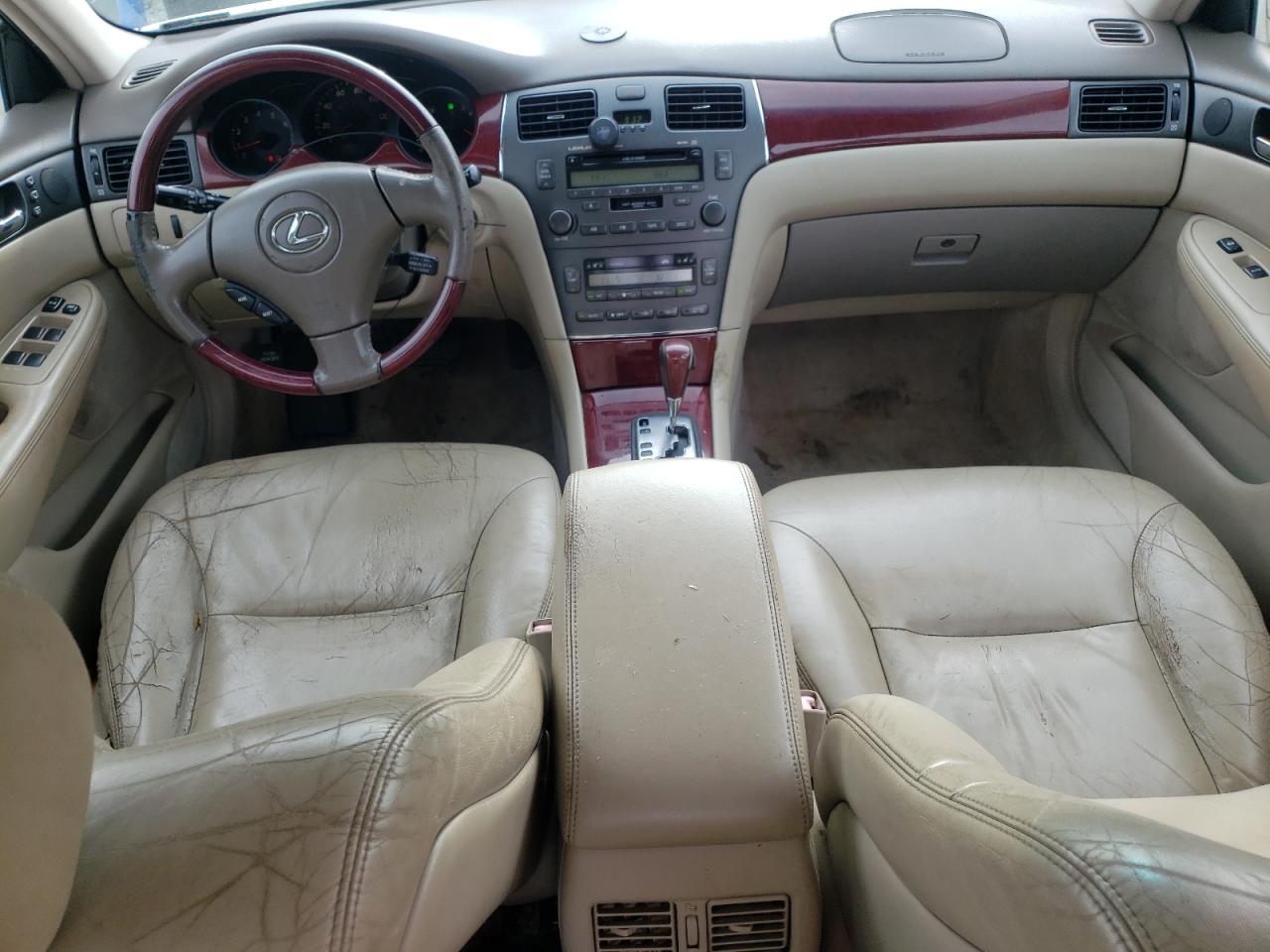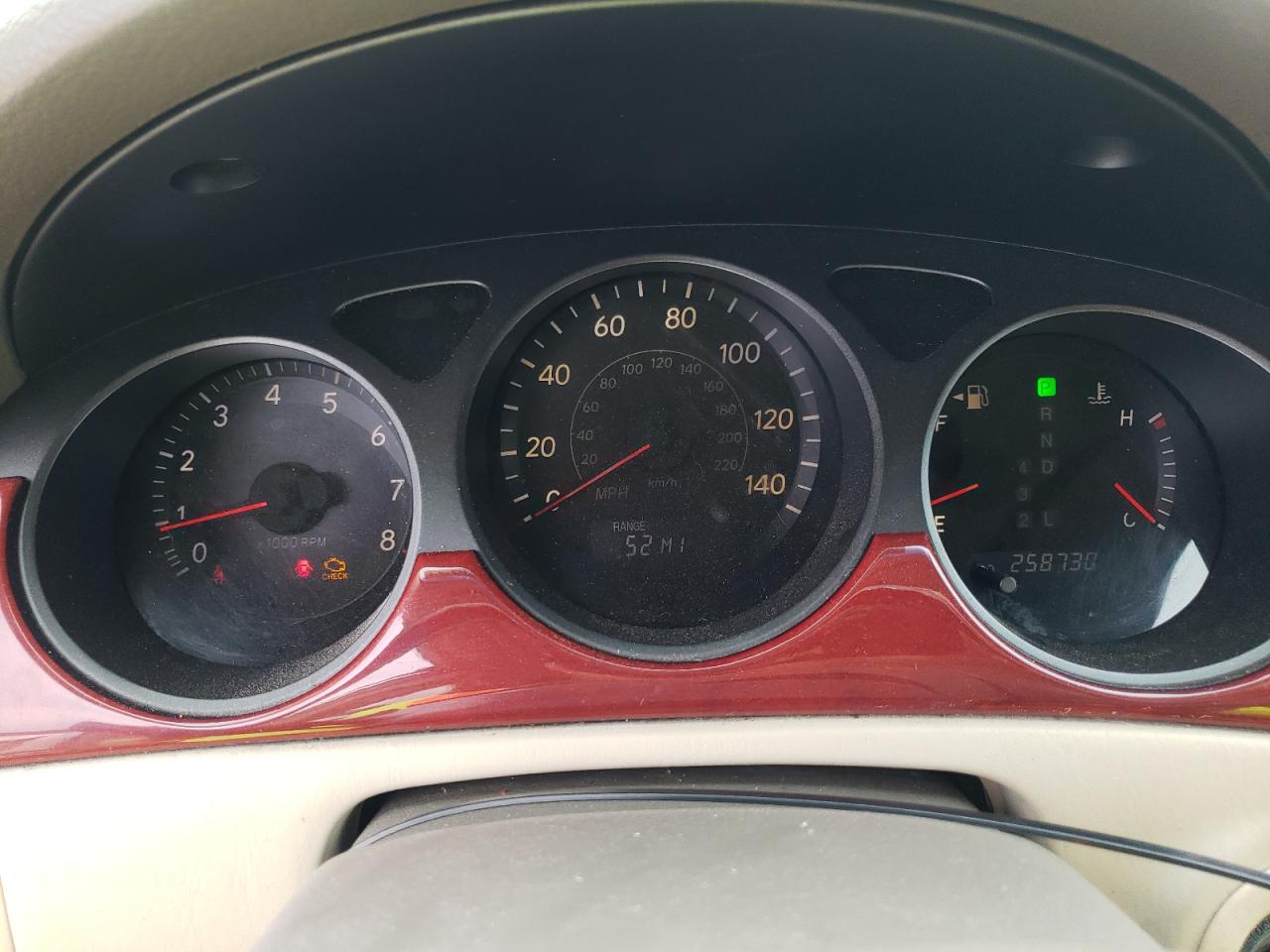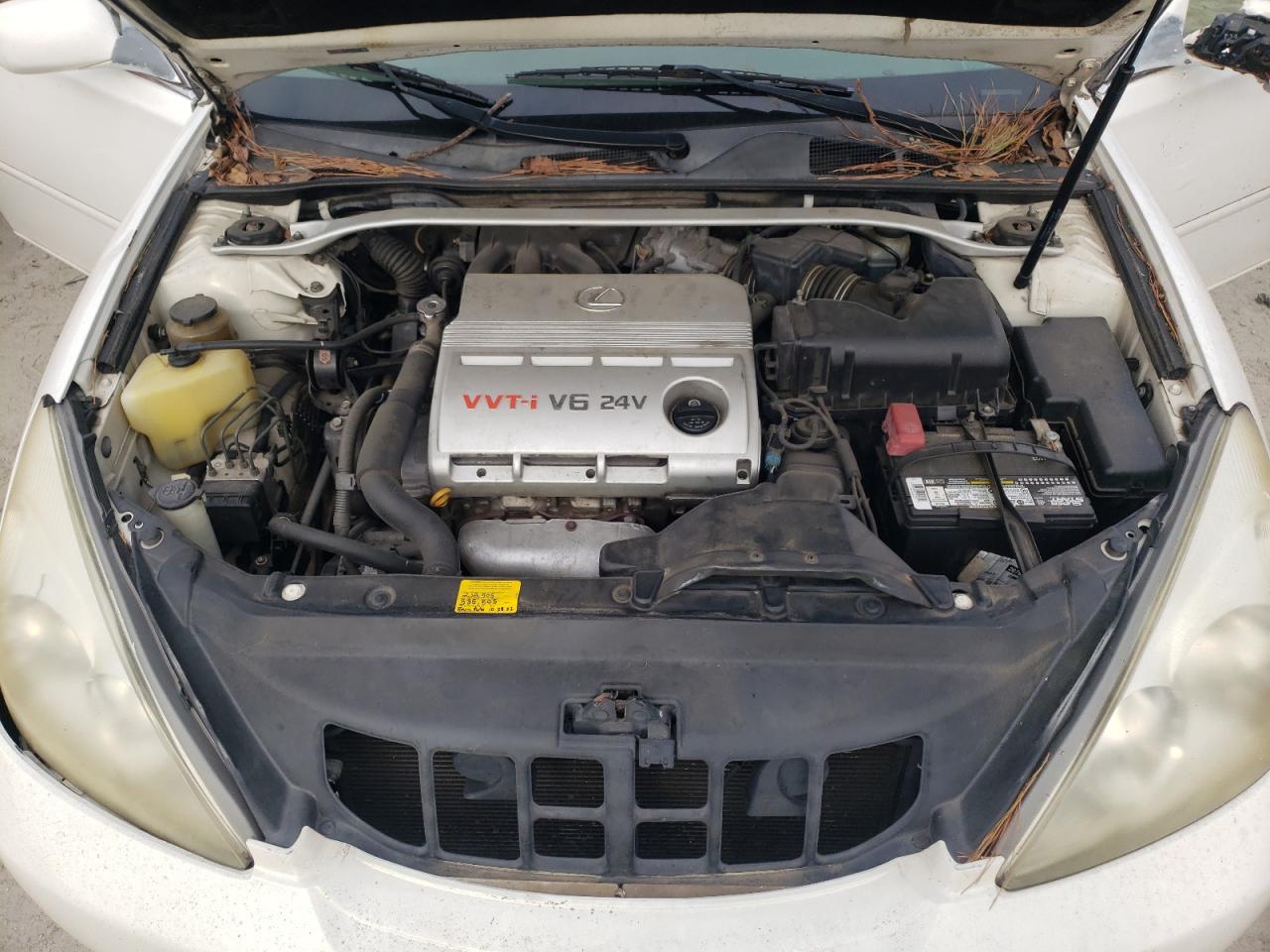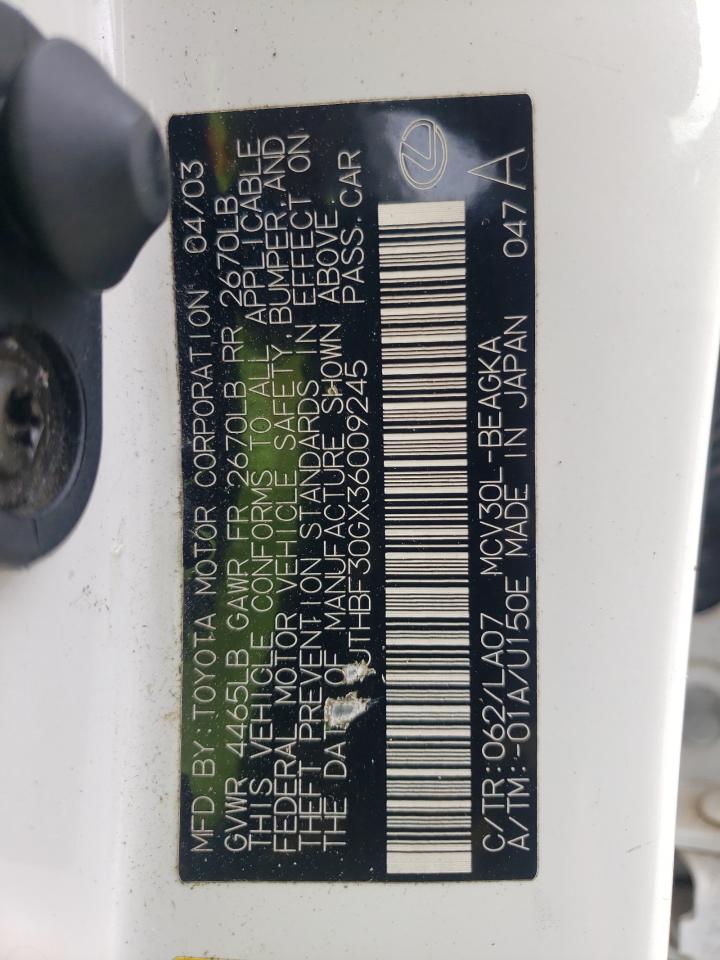Lexus ES (3 376)
2015 Lexus Es 350
2008 Lexus Es 350
2020 Lexus Es 350
2019 Lexus Es 350
2005 Lexus Es 330
2009 Lexus Es 350 350
2015 Lexus Es 350
2008 Lexus Es 350
2022 Lexus Es 300H
2007 Lexus Es 350 350
2017 Lexus Es 350 350
1998 Lexus Es 300
2014 Lexus Es 350 350
2007 Lexus Es 350
The Lexus ES is an elegant luxury sedan that first hit the market in 1989. Over the years, this model has won the hearts of car owners around the world thanks to its combination of comfort, reliability and advanced technology. The Lexus ES has firmly established itself as one of the most popular cars in its segment, offering a high level of luxury and quality that has become the hallmark of the brand.
The history of Lexus ES includes several generations and many modifications, each of which brought something new to the development of the model. From the classic gasoline engine to modern hybrid versions - Lexus ES has always strived to meet the latest trends and expectations of its customers. Each new release of the model offered updates in design, technical equipment and safety level.
The Lexus ES also offers an impressive range of colours. Customers can choose from classic shades such as black, white and grey, as well as bolder colours that highlight the car’s personality. Each colour is carefully selected and developed to highlight the elegant lines of the body and create a striking appearance.
Over the years of production, the Lexus ES has sold in huge numbers, with each new generation steadily increasing the number of cars sold. This model is especially popular in North America, where it is often the choice of those who value comfort and prestige. Sales statistics show that certain models and trim levels have enjoyed great success with buyers.
However, like any other model, the Lexus ES had its ups and downs. Some versions were highly reliable and became the benchmark in their class, while others faced problems and shortcomings that caused complaints from owners. Analyzing these aspects helps to better understand the evolution of the model and determine which modifications were the most successful and which required improvements.
Thus, the Lexus ES remains an important part of the history of the automobile industry, offering a combination of luxury, innovation and reliability. In this article, we will take a detailed look at the history of the model, its modifications, color schemes, years of production, sales volumes, and also identify the most successful and problematic versions of this iconic sedan.
History of the Lexus ES model
The Lexus ES was first introduced in 1989 and has since established itself as a firm fixture in the luxury car market. It quickly gained popularity for its sophisticated design, comfort, and reliability, becoming one of the best-selling Lexus models.
Over the years, the Lexus ES has undergone many changes and upgrades, each time improving its performance and introducing new technologies. Today, the ES remains a symbol of quality and sophisticated style, continuing to attract new customers around the world.
The main stages of the model development
- First generation (1989-1991): Debuted on the market as the ES 250. The model was based on the Toyota Camry, but had an improved interior and more attention to detail.
- Second generation (1991-1996): The ES 300 was introduced with a new 3.0-liter V6 engine. This period saw a significant increase in the model's popularity.
- Third generation (1996-2001): Updated design and improved technical characteristics. New safety and comfort systems were introduced.
- Fourth generation (2001-2006): New levels of luxury and technology. Improved sound insulation and a more powerful engine.
- Fifth generation (2006-2012): Introduction of the hybrid version ES 350h. Continuation of the trend towards increased comfort and safety.
- Sixth generation (2012-2018): Complete redesign and improved aerodynamics. New features such as adaptive cruise control and collision avoidance systems.
- Seventh generation (since 2018): Modern and aggressive design, new hybrid technologies and expanded connectivity. All-wheel drive is available for the first time on the ES model.
Throughout its history, the Lexus ES has sold millions of units worldwide, making it one of the brand’s most successful models. However, not all generations have been equally successful. Some have had their share of problems, such as transmission complaints and electronic issues, but most of these issues have been quickly resolved by the manufacturer.
Overall, the ES model has proven itself to be a reliable and comfortable car that continues to evolve and delight its owners with new achievements in the automotive industry.
The Evolution of the Lexus ES: From the First Generation to the Present
The Lexus ES model first appeared on the market in 1989 as part of Lexus' strategy to conquer the premium segment of the automobile market. Over the decades, the ES model has undergone significant changes, while maintaining its core concept - a combination of comfort, reliability and advanced technology.
With each new generation, the Lexus ES has demonstrated improvements in design, performance and safety. This has allowed the model to become one of the most popular in its class and win the trust of buyers around the world.
Stages of Lexus ES development
- First generation (1989-1991)
The first generation of the Lexus ES was introduced in 1989. The car had a front-wheel drive platform compatible with the Toyota Camry and was available with a 2.5-liter V6 engine. The model received positive reviews for its comfort and build quality. - Second generation (1992-1996)
The second-generation ES received updated styling and a more powerful 3.0-liter V6 engine. Improvements in noise insulation and comfort made it even more attractive to buyers. - Third generation (1997-2001)
The third generation of the Lexus ES featured a modern design and improved aerodynamics. During this period, new safety technologies were introduced, such as the anti-lock brake system (ABS) and the vehicle stability control system (VSC). - Fourth generation (2002-2006)
The fourth-generation ES became even more luxurious, with a roomier interior and upgraded trim materials. A new 3.3-liter V6 engine was added, as well as additional options such as a navigation system and a premium audio system. - Fifth generation (2007-2012)
The fifth generation of Lexus ES is characterized by increased dimensions and improved safety indicators. The car received a 3.5-liter V6 engine and a new exterior design corresponding to the corporate style of Lexus. - Sixth generation (2013-2018)
The sixth generation brought a more aggressive and modern design, as well as an updated interior. New technologies were added, such as a collision avoidance system and adaptive cruise control. - Seventh generation (2019-present)
The modern Lexus ES combines elegant design, advanced technology and the highest level of comfort. Hybrid versions are available, making it attractive to eco-conscious buyers. The model has also received numerous awards for reliability and safety.
Main modifications and their features
Over the years, the Lexus ES has proven itself to be a reliable and comfortable vehicle, offering high build quality and premium materials. However, different generations and modifications have their own unique features that make each version unique.
Lexus ES Modifications
- First generation (1989-1991): ES 250
- Features: 2.5-liter V6 engine, 156 hp, front-wheel drive.
- Second generation (1992-1996): ES 300
- Features: 3.0-liter V6 engine, 185-200 hp, improved noise insulation.
- Third generation (1997-2001): ES 300
- Features: Updated design, 3.0-liter V6 engine, 200 hp, improved safety systems.
- Fourth generation (2002-2006): ES 300/ES 330
- Features: 3.0-liter and 3.3-liter V6 engines, 210-225 hp, more spacious interior.
- Fifth generation (2007-2012): ES 350
- Features: 3.5-liter V6 engine, 272 hp, modern electronics and driver assistance systems.
- Sixth generation (2013-2018): ES 350/ES 300h
- Features: 3.5-liter V6 engine and hybrid version with 2.5-liter engine, improved aerodynamics and premium materials in the interior.
- Seventh generation (since 2019): ES 250/ES 350/ES 300h
- Features: Contemporary design, 2.5-liter four-cylinder and 3.5-liter V6 engines, hybrid version, advanced safety and comfort technologies.
Popular Colors and Their Preferences Among Lexus ES Buyers
The choice of color for the Lexus ES has always been an important aspect for potential buyers. Over the years, certain colors have stood out from the crowd and become favorites among owners of this luxury sedan. In this context, customer preferences play a significant role, reflecting both individual tastes and general trends in the automotive market.
The Lexus ES color palette includes a variety of options, from classic and elegant to bolder and more modern. Each color has its own unique characteristics that attract certain groups of buyers. Let's look at the most popular colors and how they are perceived by Lexus ES owners.
The most popular colors
- White (Ultra White, Eminent White Pearl) - This color is in great demand due to its purity and elegance. White color emphasizes the lines and shapes of the car, creating an impression of freshness and modernity.
- Black (Obsidian, Caviar) - Classic black remains one of the most popular options. It symbolizes power and sophistication, adding extra charm and prestige to the car.
- Silver (Atomic Silver) - Silver color attracts those who value neutral and practical solutions. This color not only emphasizes style, but also dirt and small scratches are less noticeable on it.
- Blue (Nightfall Mica) - Blue is associated with confidence and calmness. It makes the car stand out from the others, giving it uniqueness and sophistication.
In addition to these popular colors, there are a number of other shades that also find their fans. Each of them has its own characteristics and can offer something unique to the owner.
Overall, choosing the color of your Lexus ES comes down to personal preference and the image you want to convey. Some buyers may prefer classic and time-tested options like black and white, while others may choose bolder and more unusual colors to express their individuality and taste.
Lexus ES production years and sales volumes
Since 1989, the Lexus ES has continued to hold its position on the market, attracting the attention of buyers with its comfort, elegant design and reliability. Over the decades, the model has undergone regular updates and modifications, which allowed it to remain relevant and competitive.
Below are the key production years with estimated sales volume as of 2024:
Year of issueEstimated sales volume
1989-1991 | Approximately 24,000 units
1992-1996 | Approximately 89,000 units
1997-2001 | Approximately 126,000 units
2002-2006 | Approximately 169,000 units
2007-2011 | Approximately 202,000 units
2012-2016 | Approximately 250,000 units
2017-2021 | Approximately 310,000 units
1989-1991 | Approximately 24,000 units
1992-1996 | Approximately 89,000 units
1997-2001 | Approximately 126,000 units
2002-2006 | Approximately 169,000 units
2007-2011 | Approximately 202,000 units
2012-2016 | Approximately 250,000 units
2017-2021 | Approximately 310,000 units
Based on the data presented, it is possible to note a steady growth of interest in the Lexus ES model over time. The series has gone from more modest sales in its early years to impressive results in recent decades. As the automotive industry has evolved and consumer tastes have changed, the Lexus ES has successfully adapted, offering high levels of comfort, technology and style.






